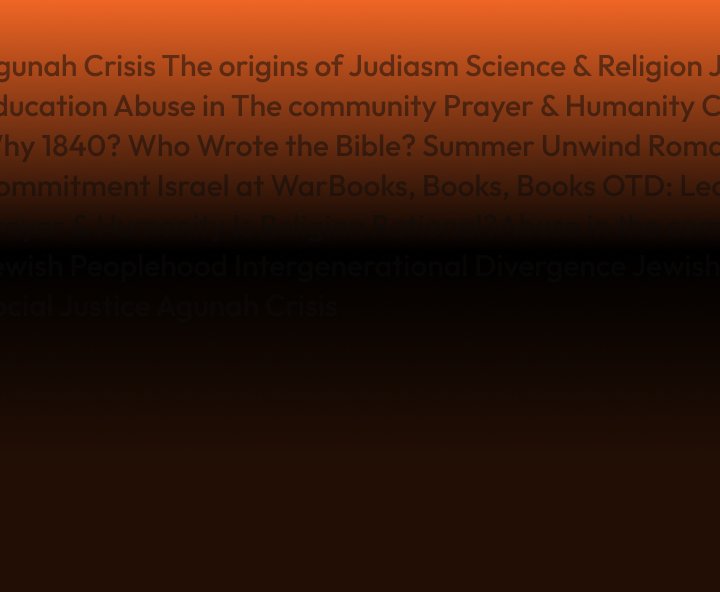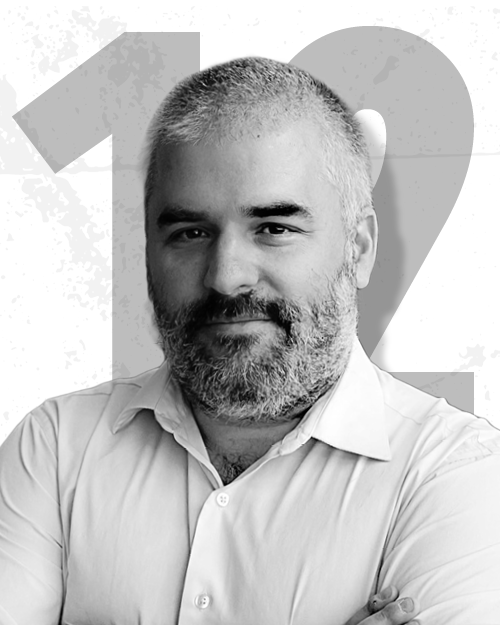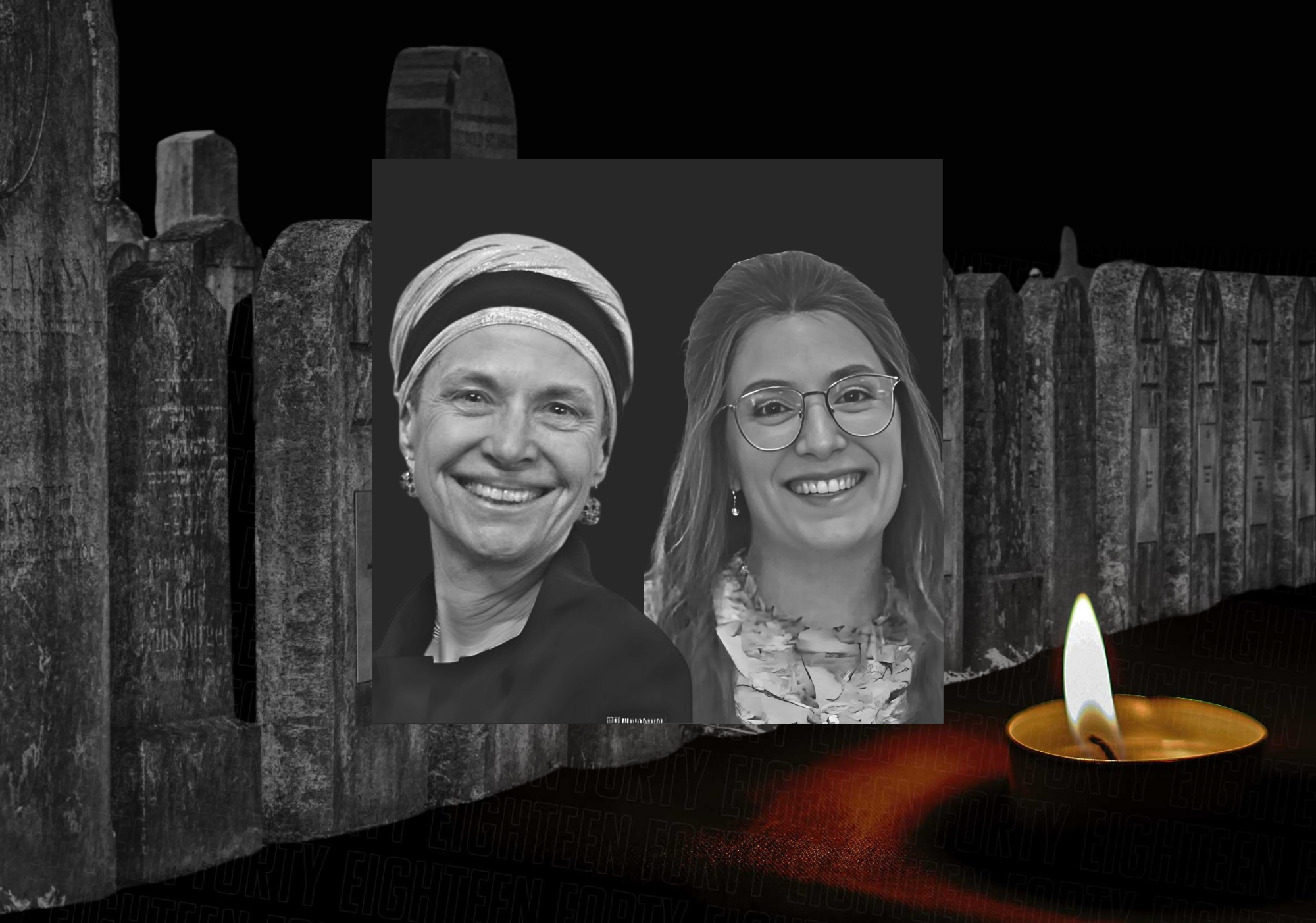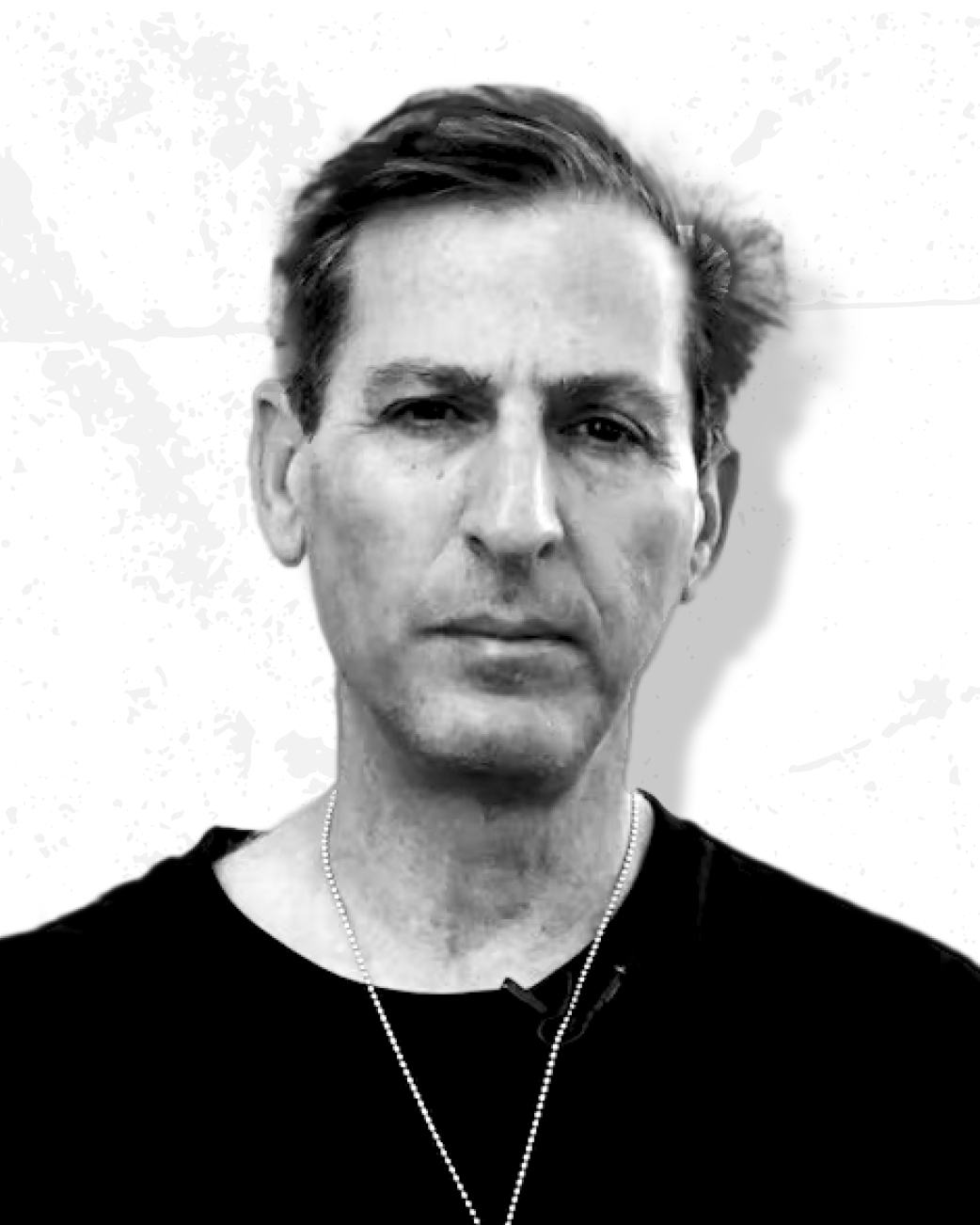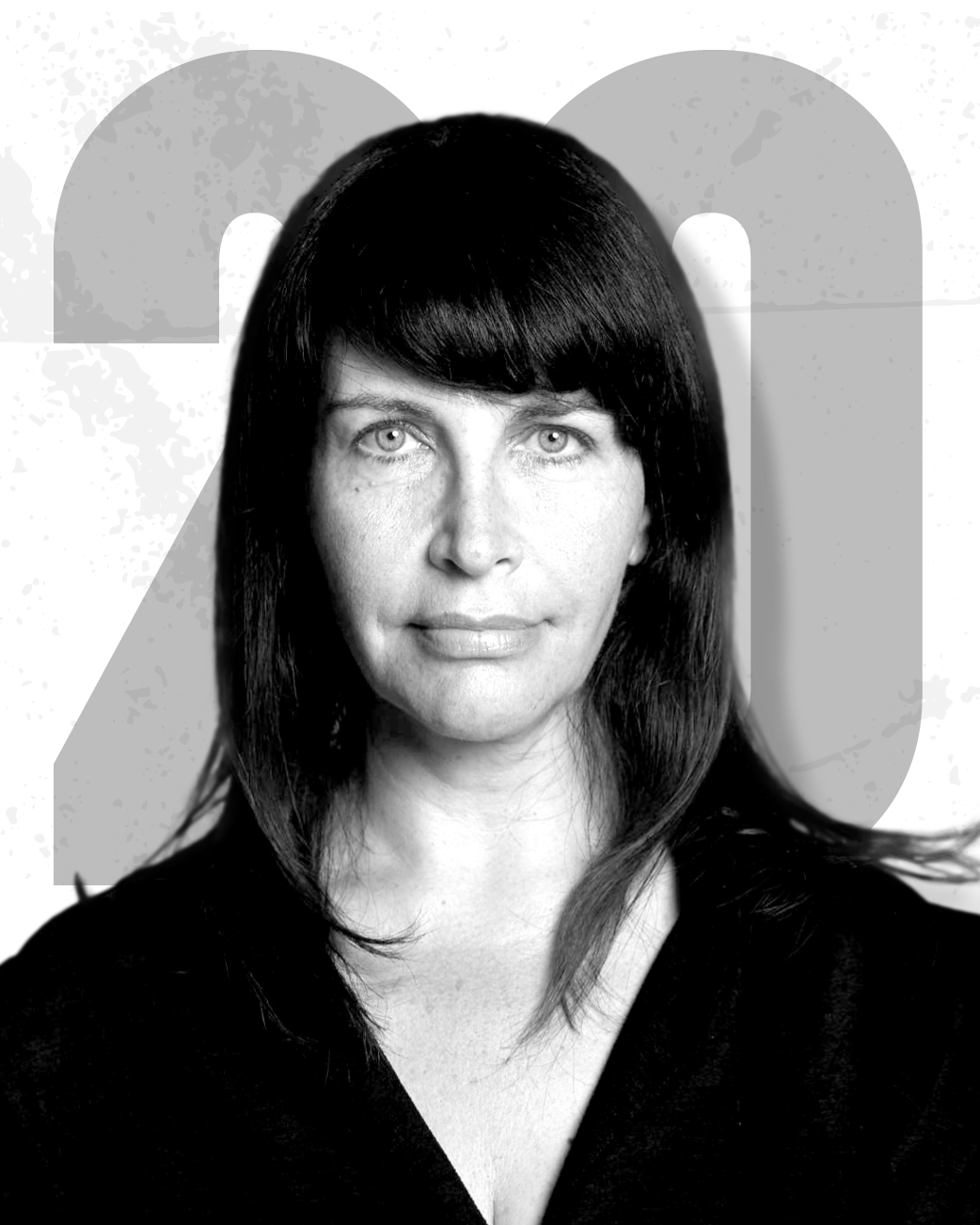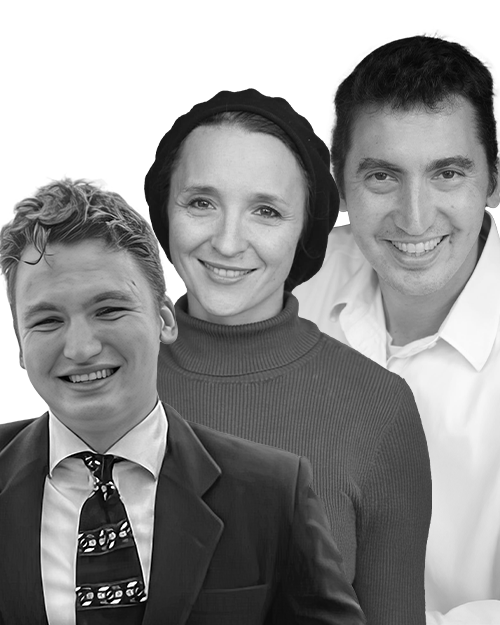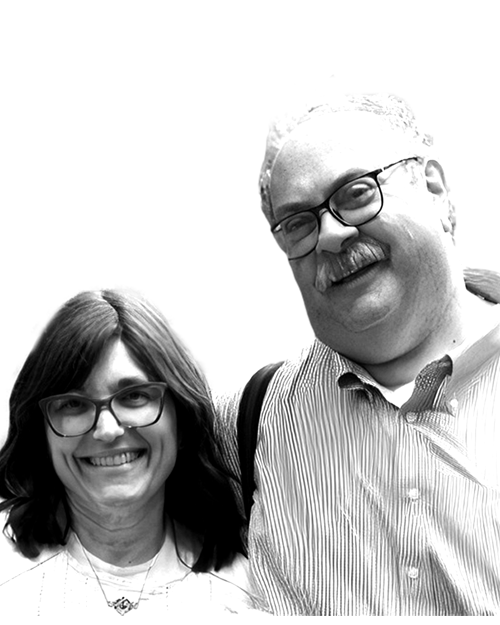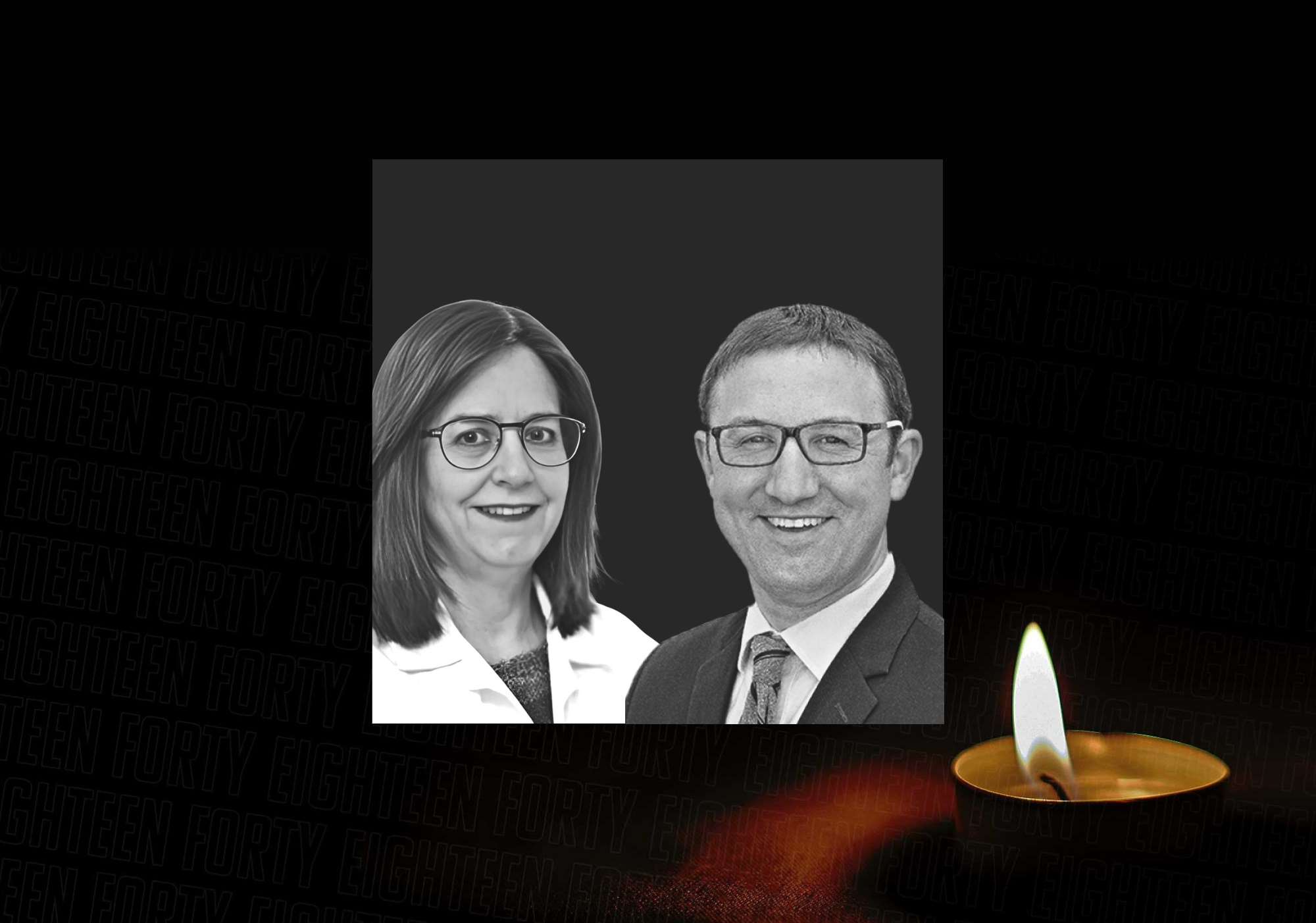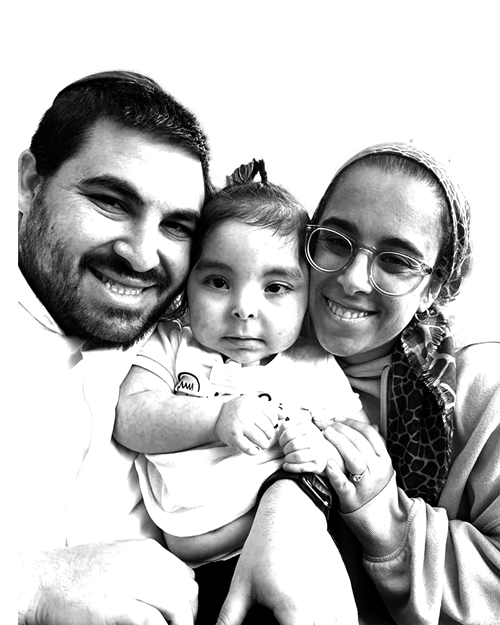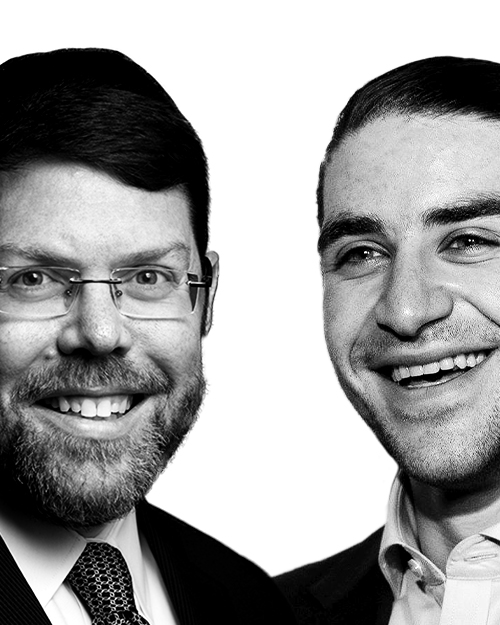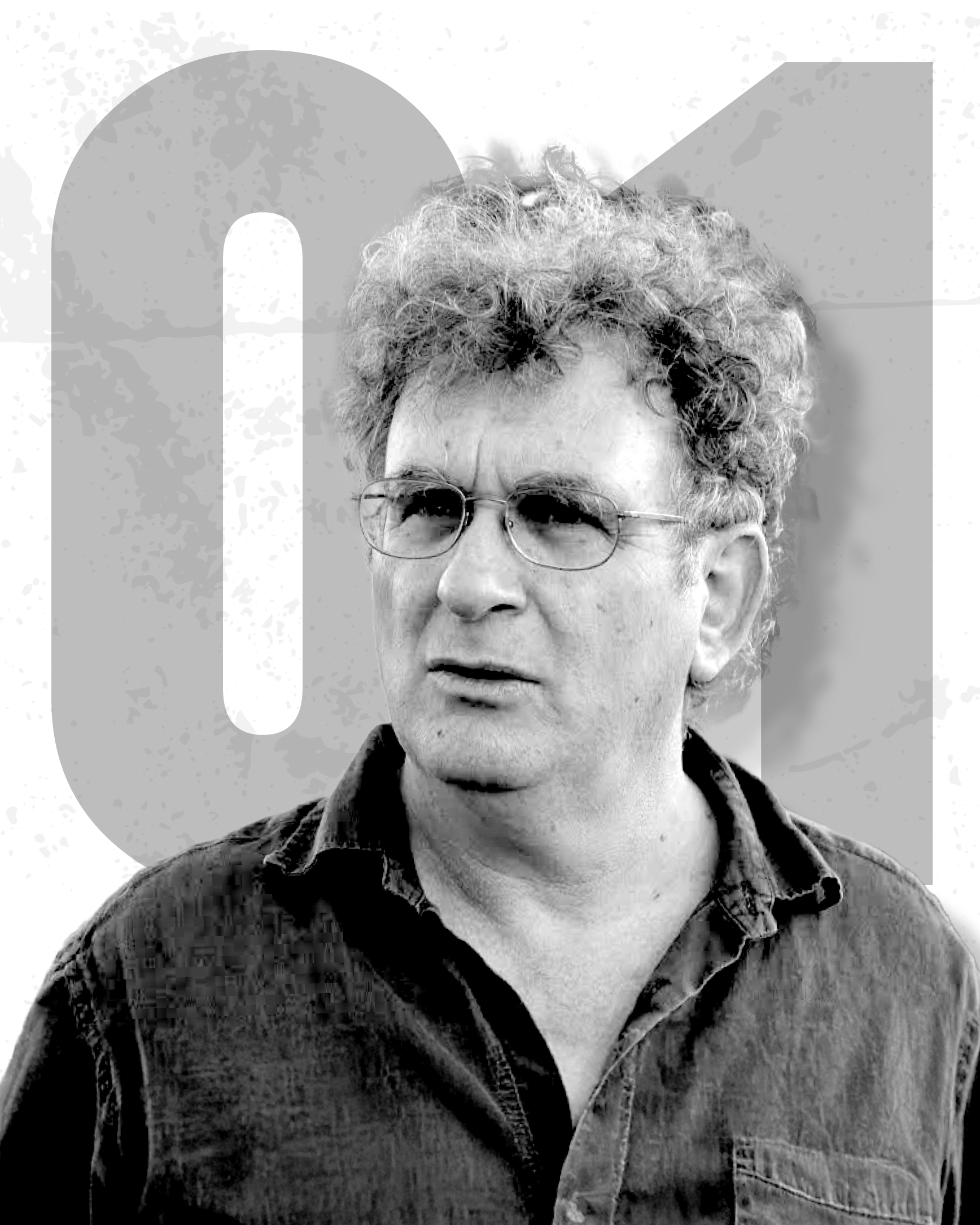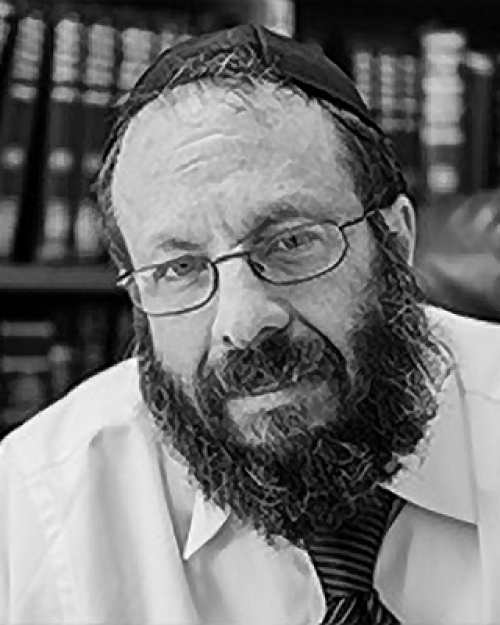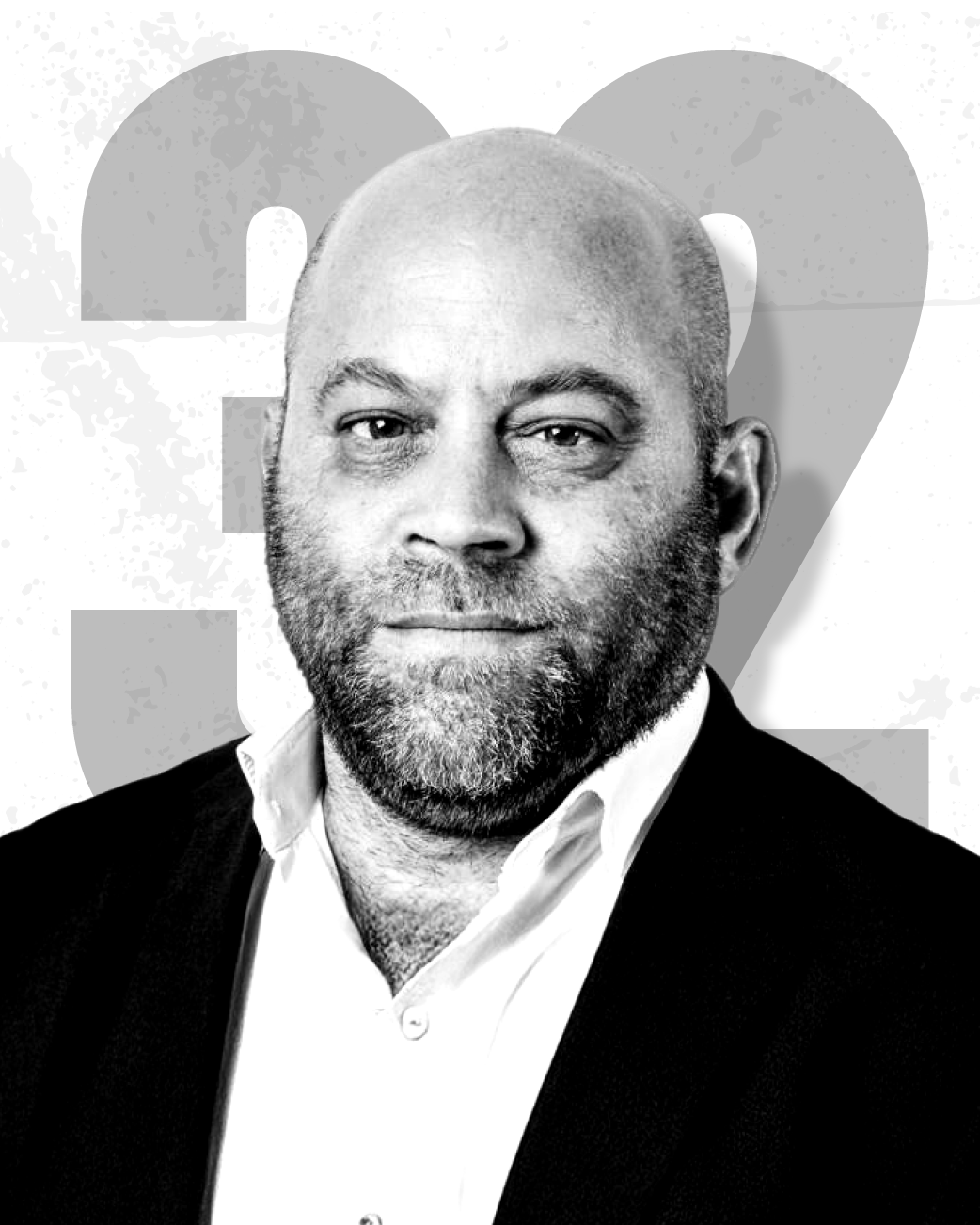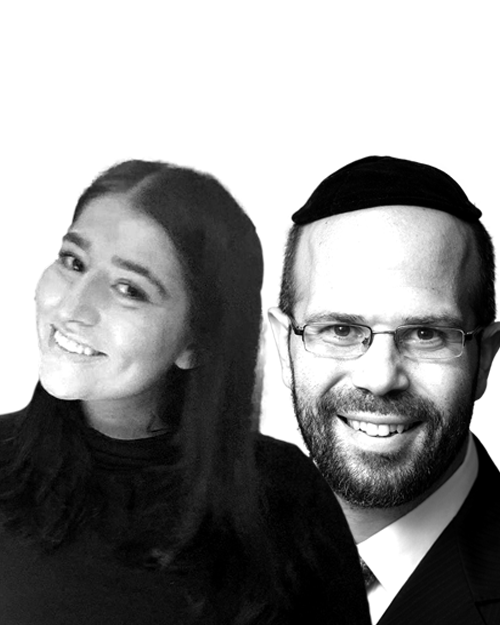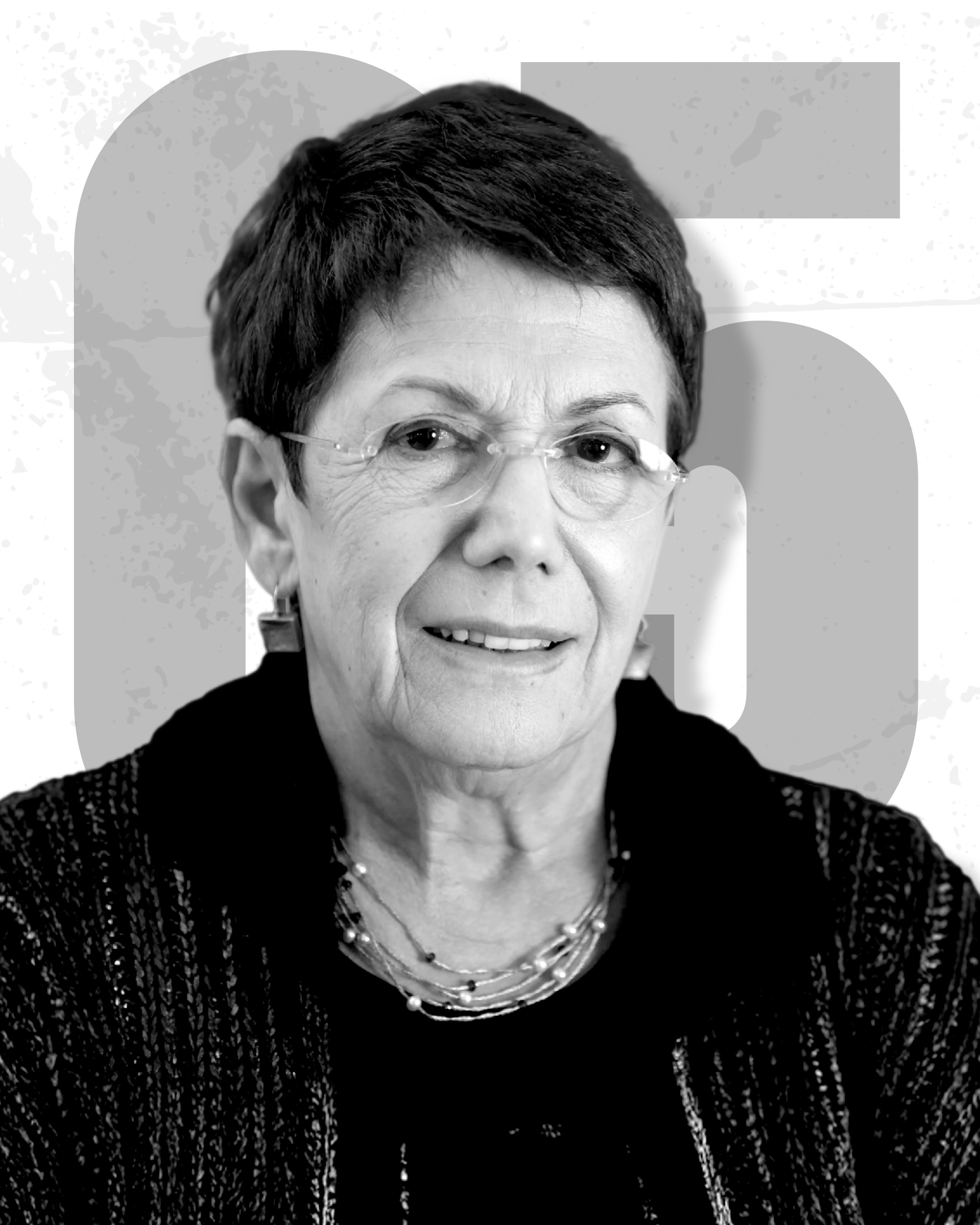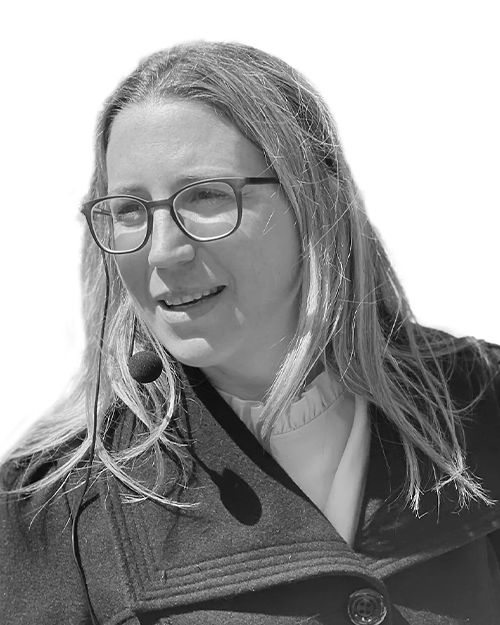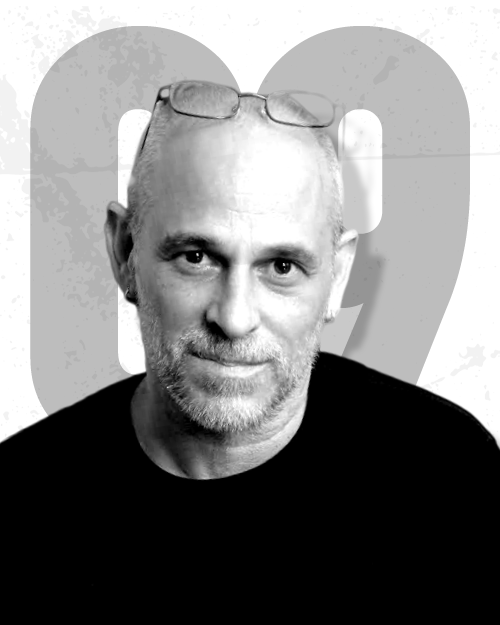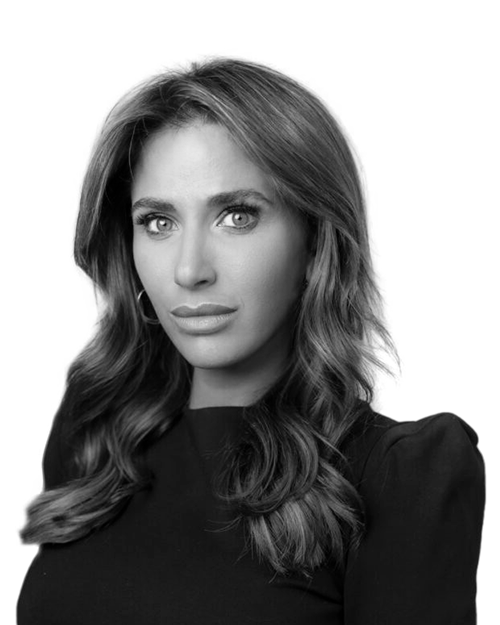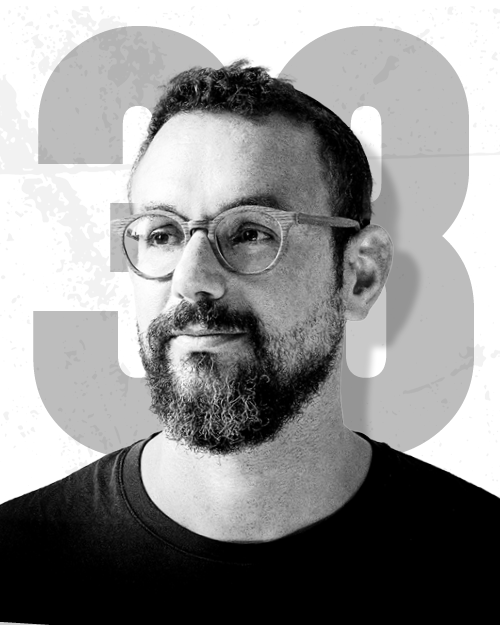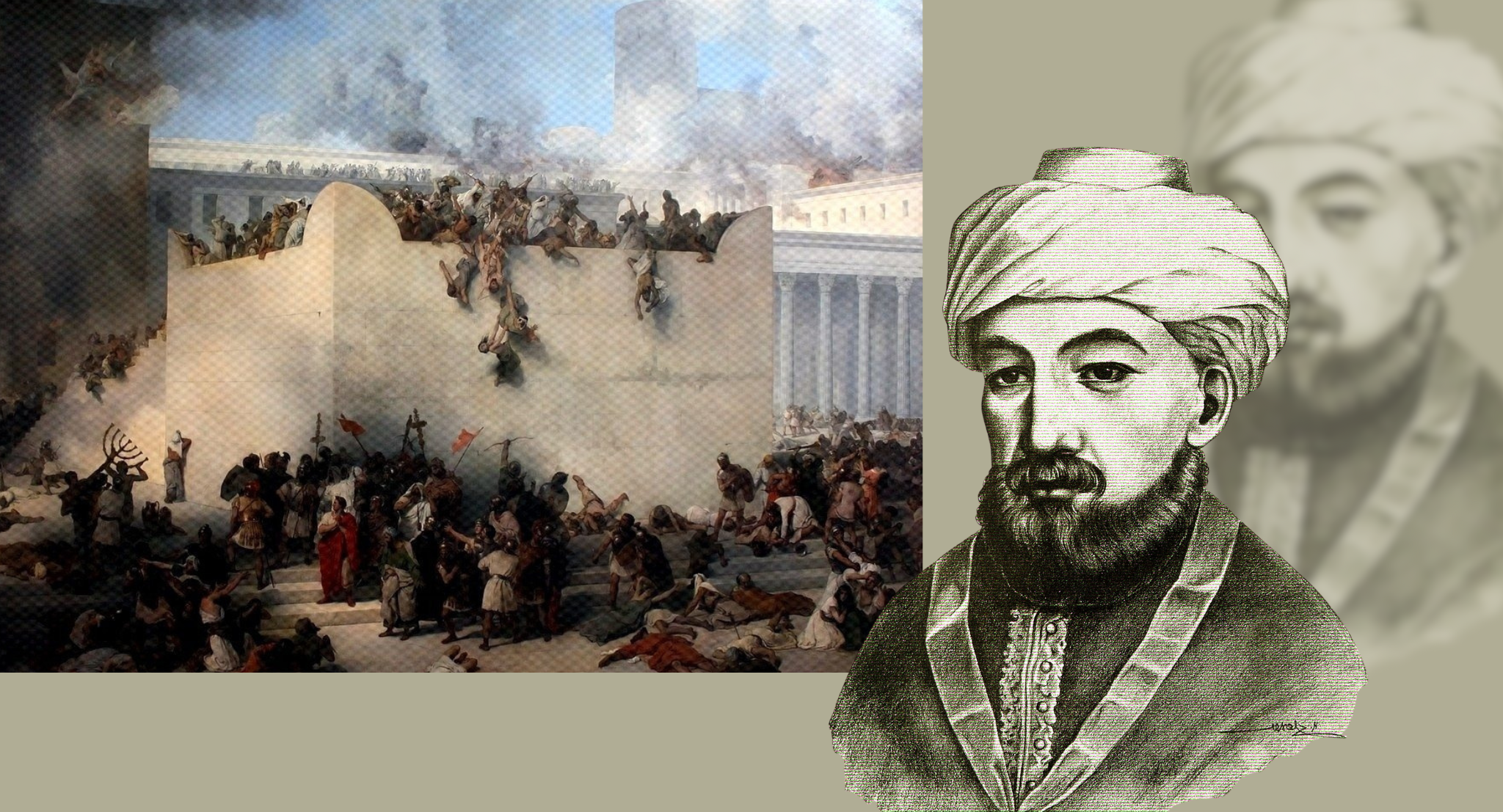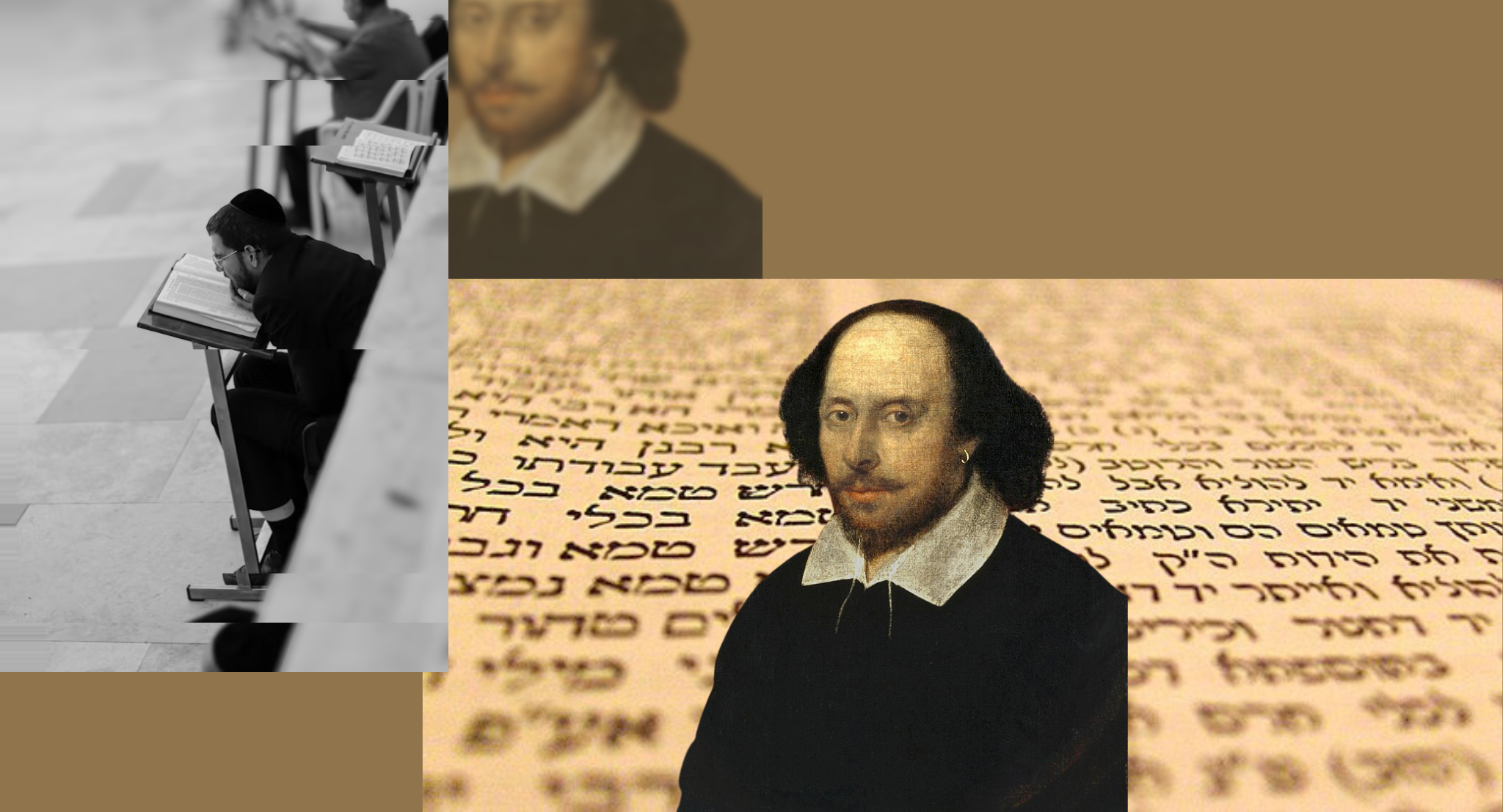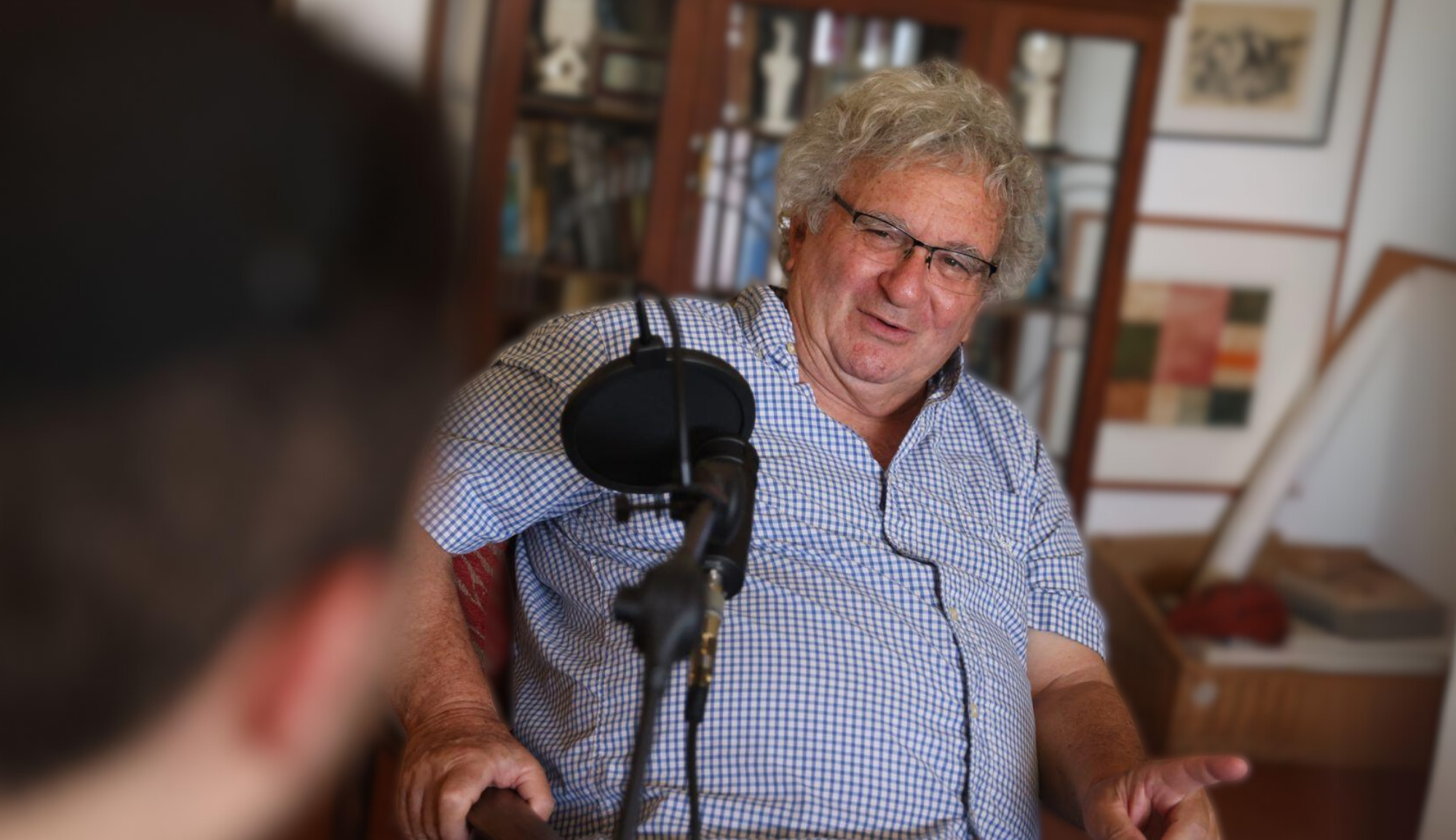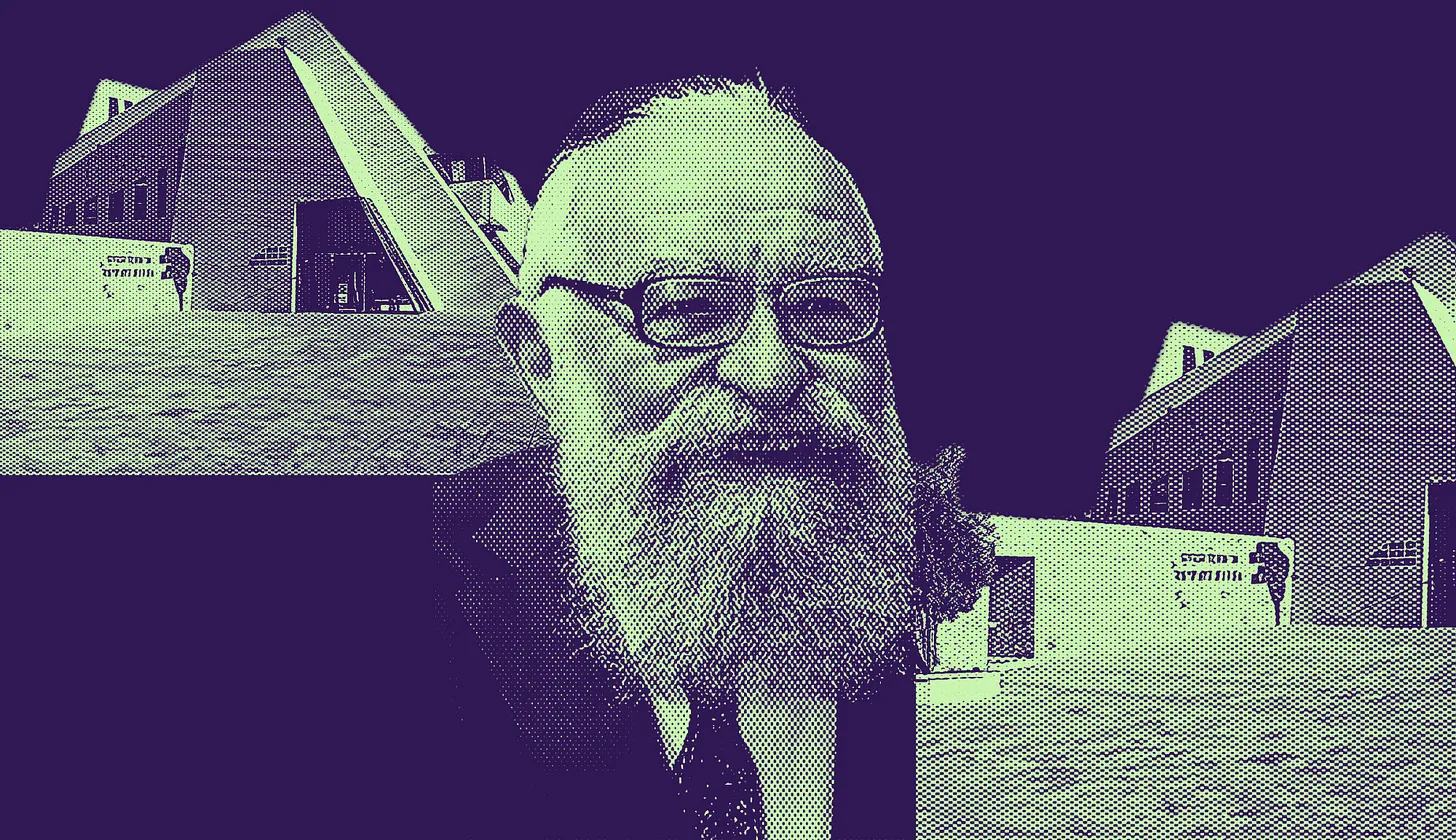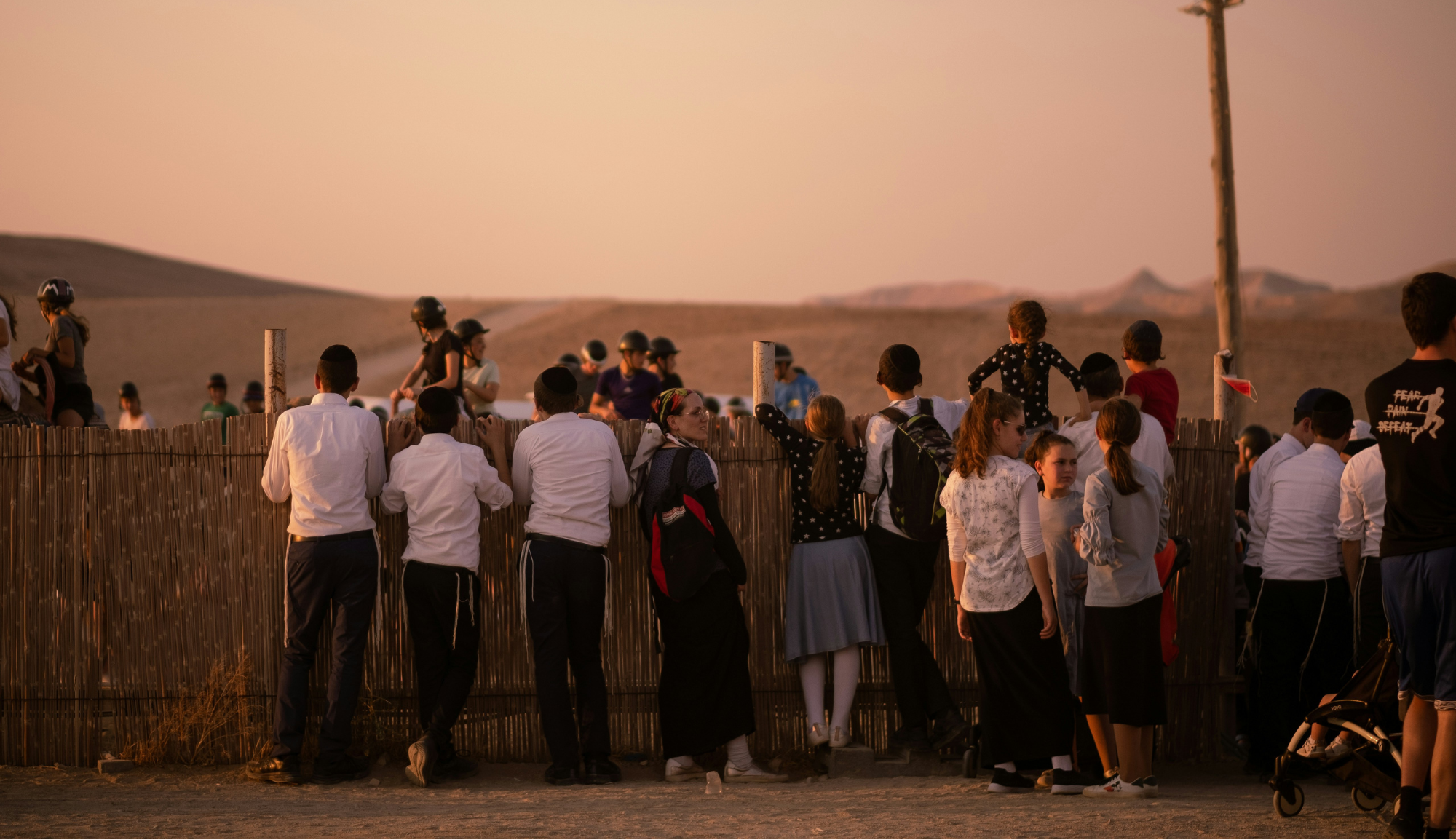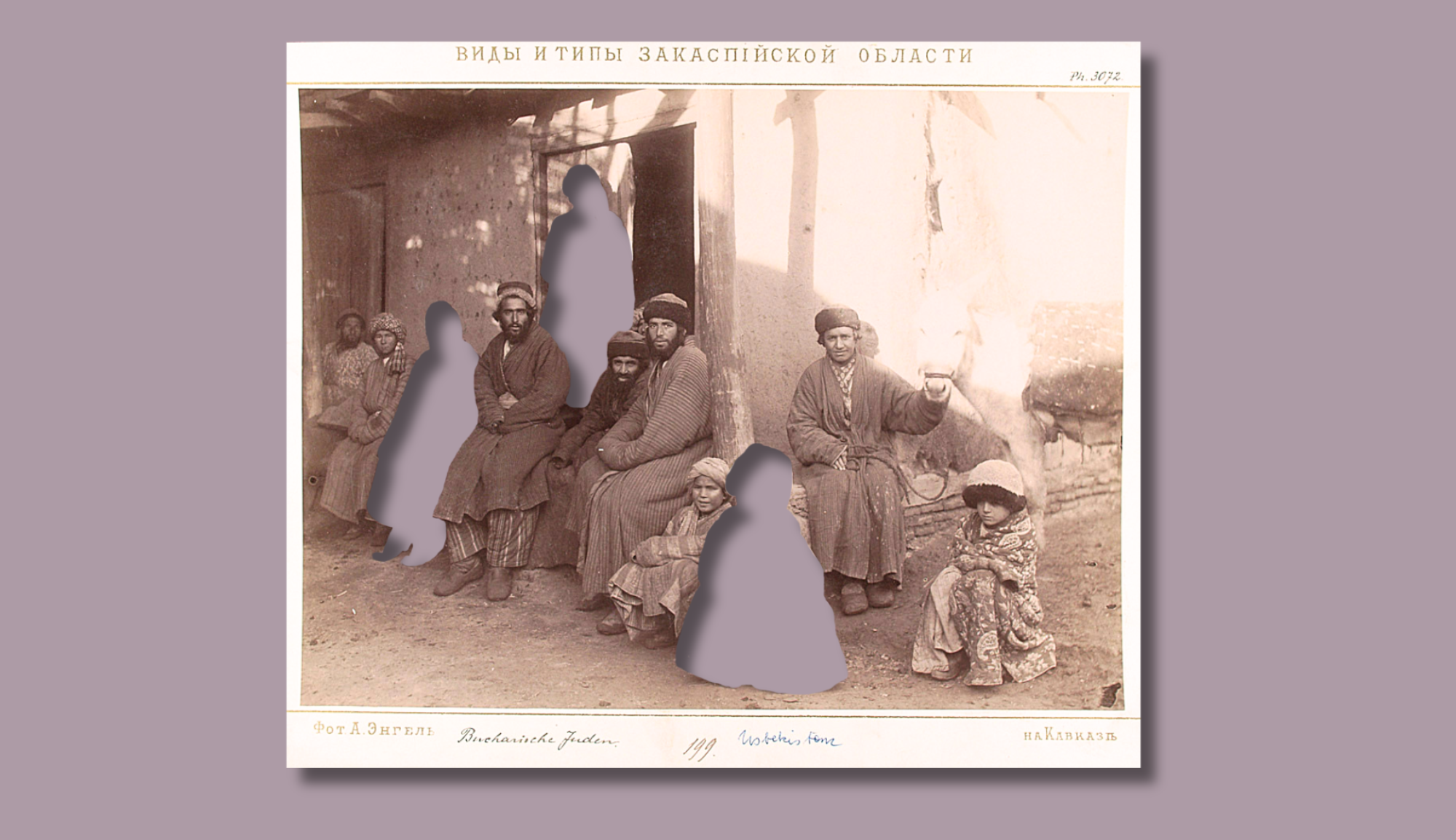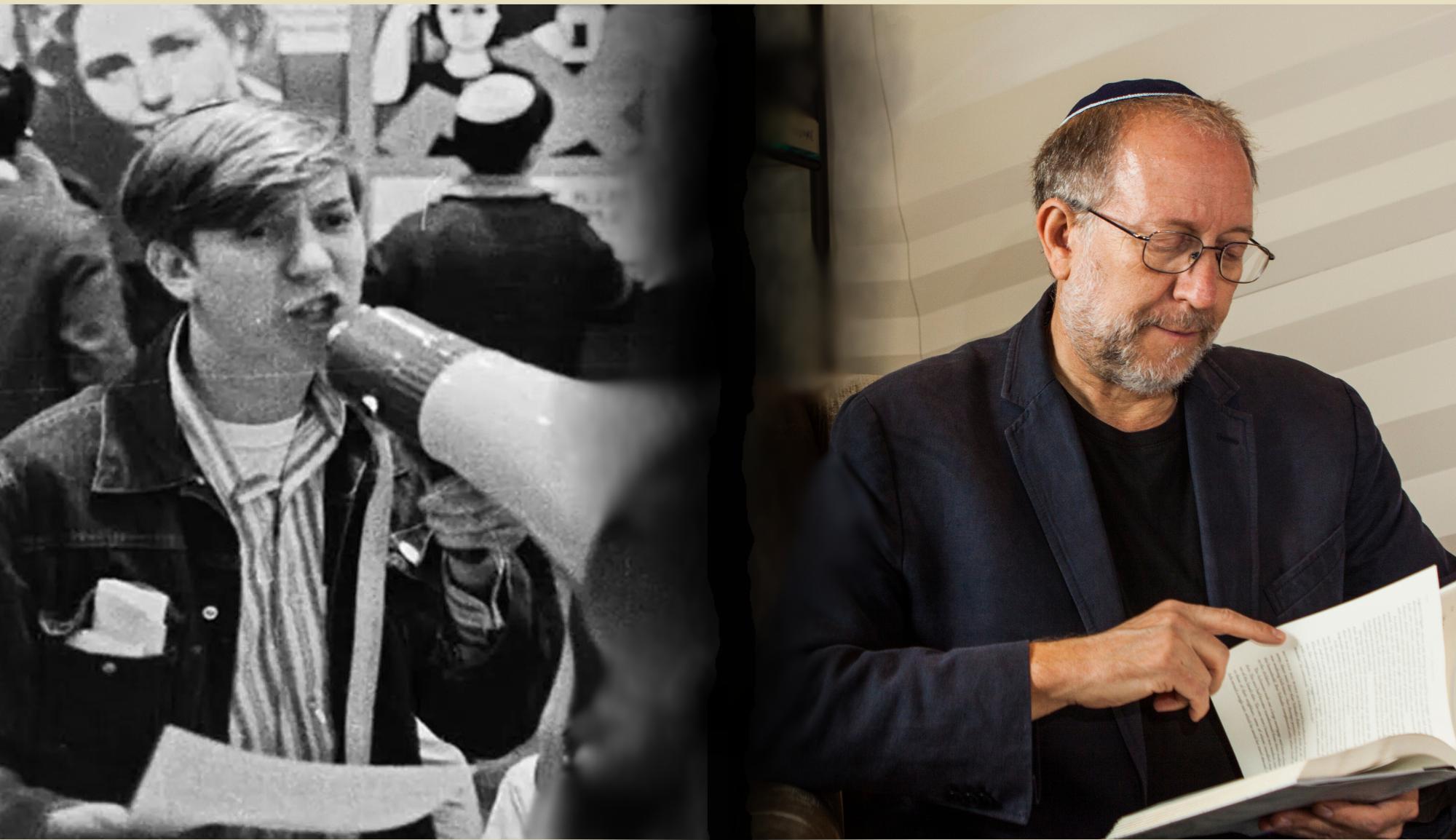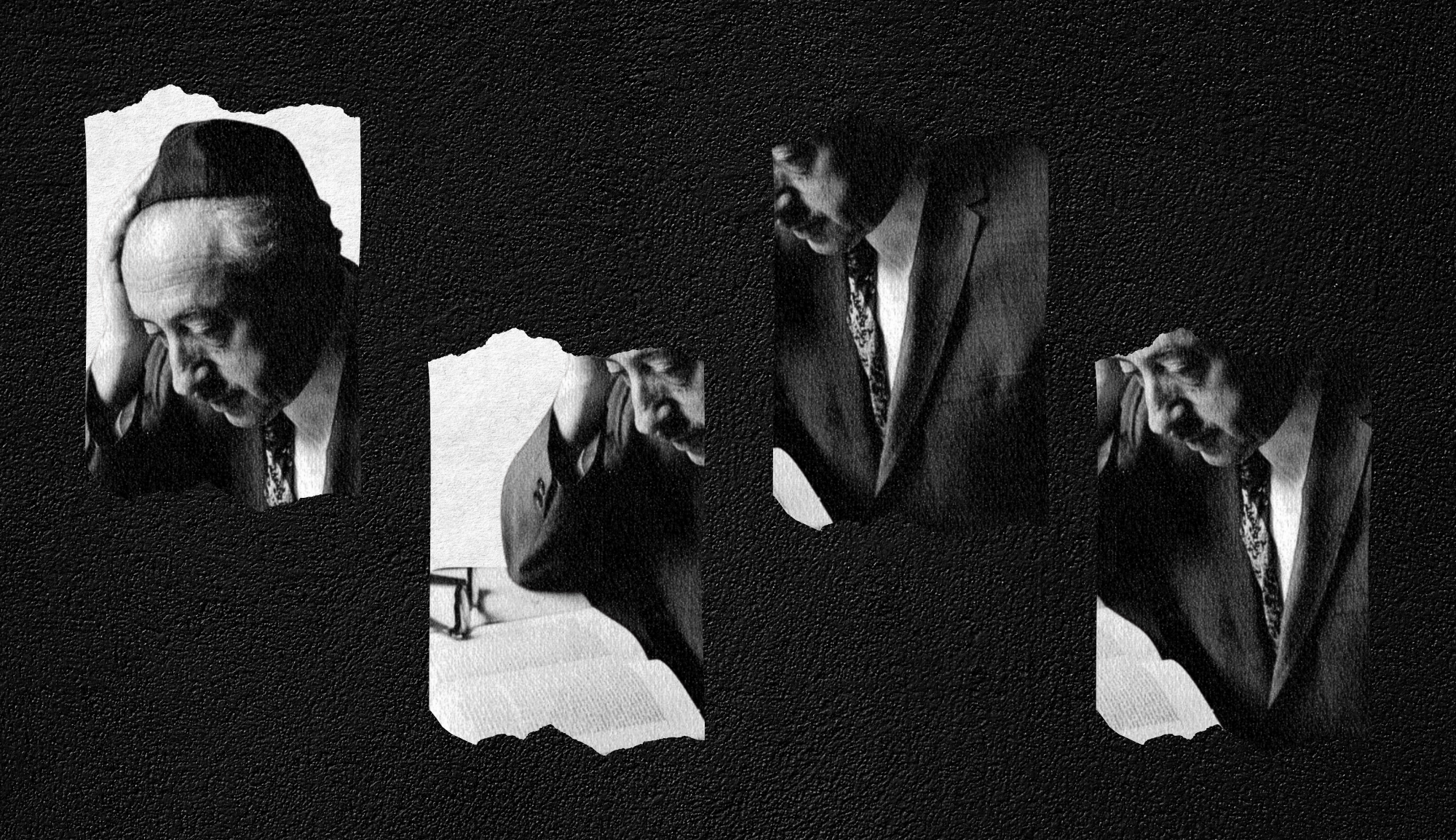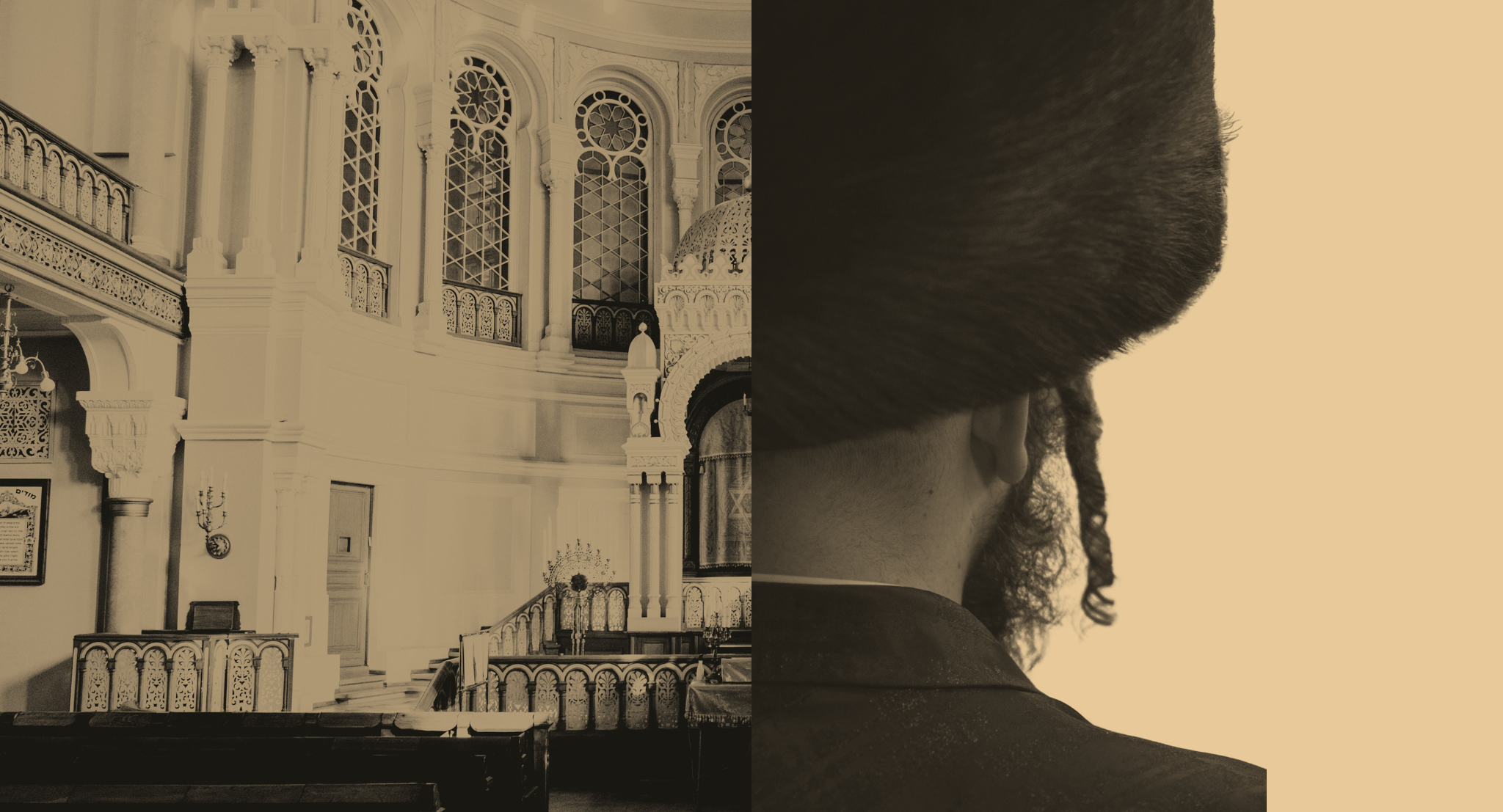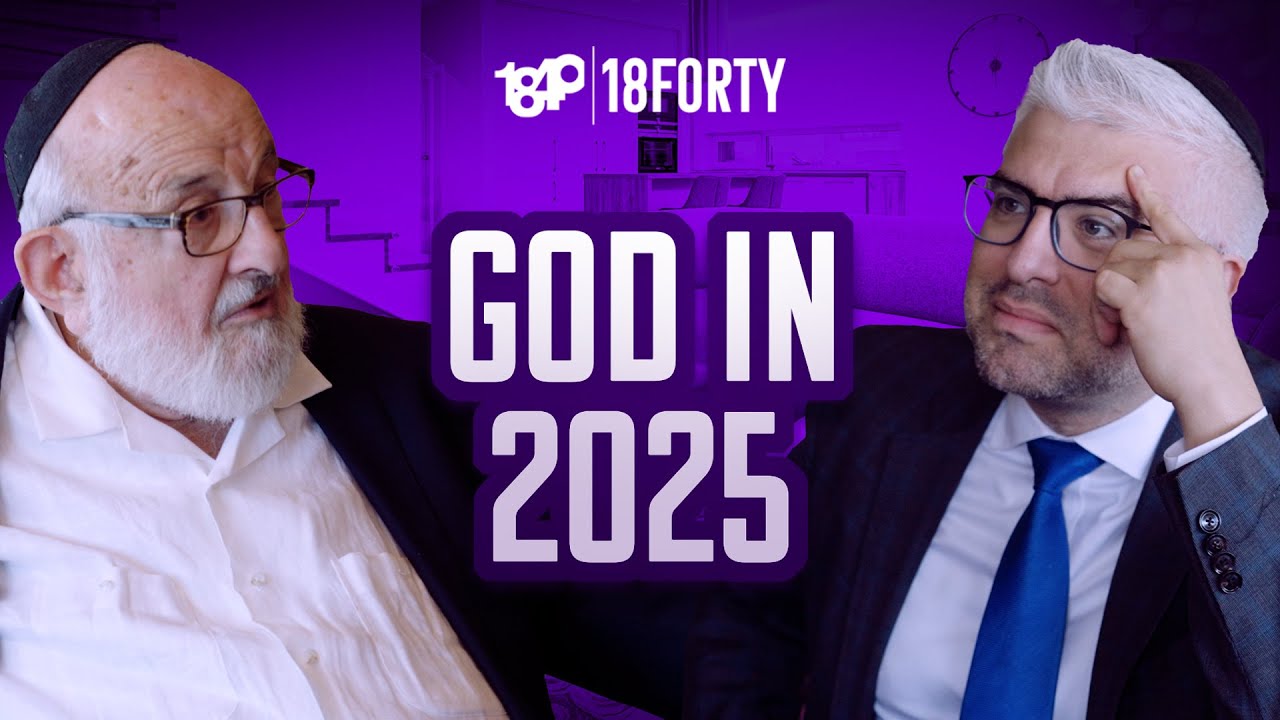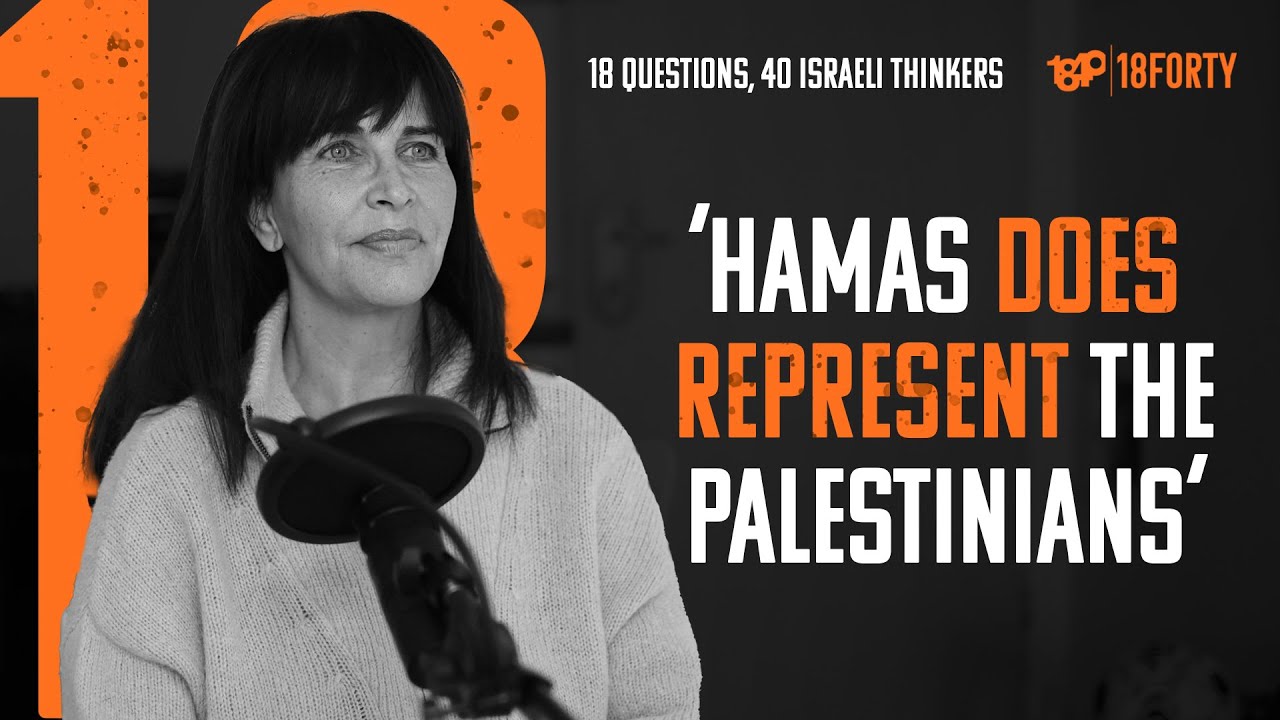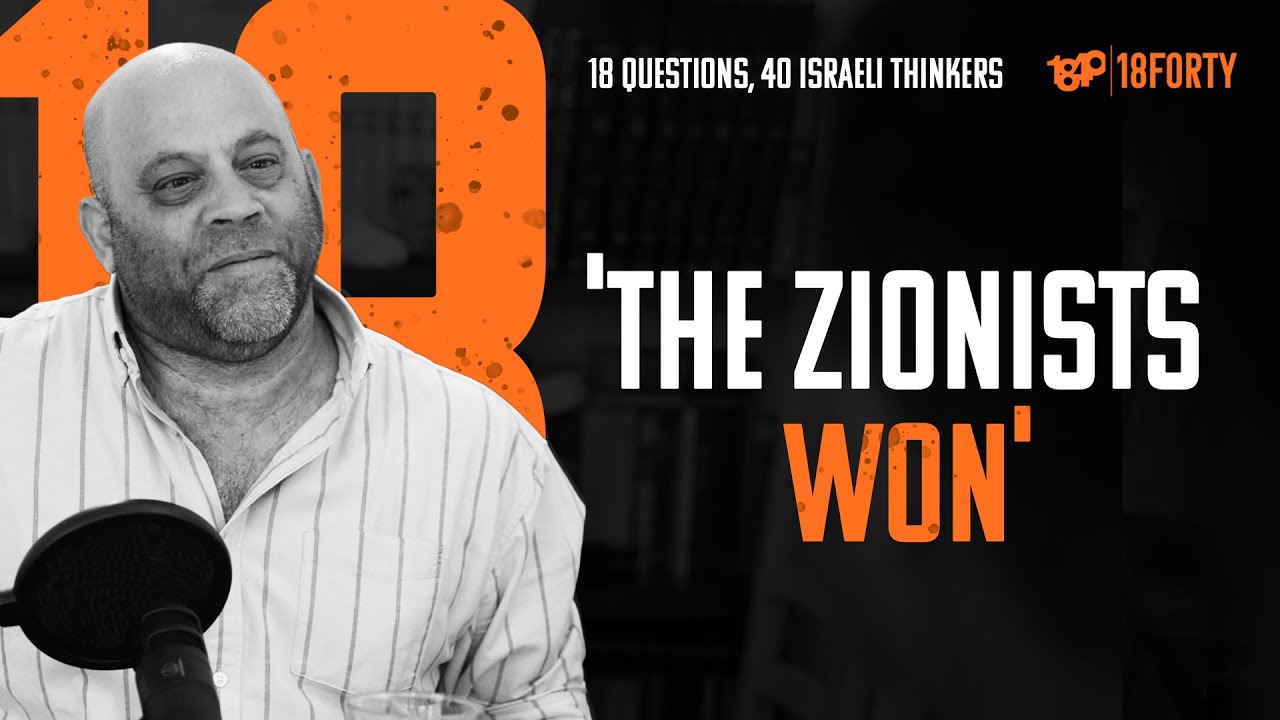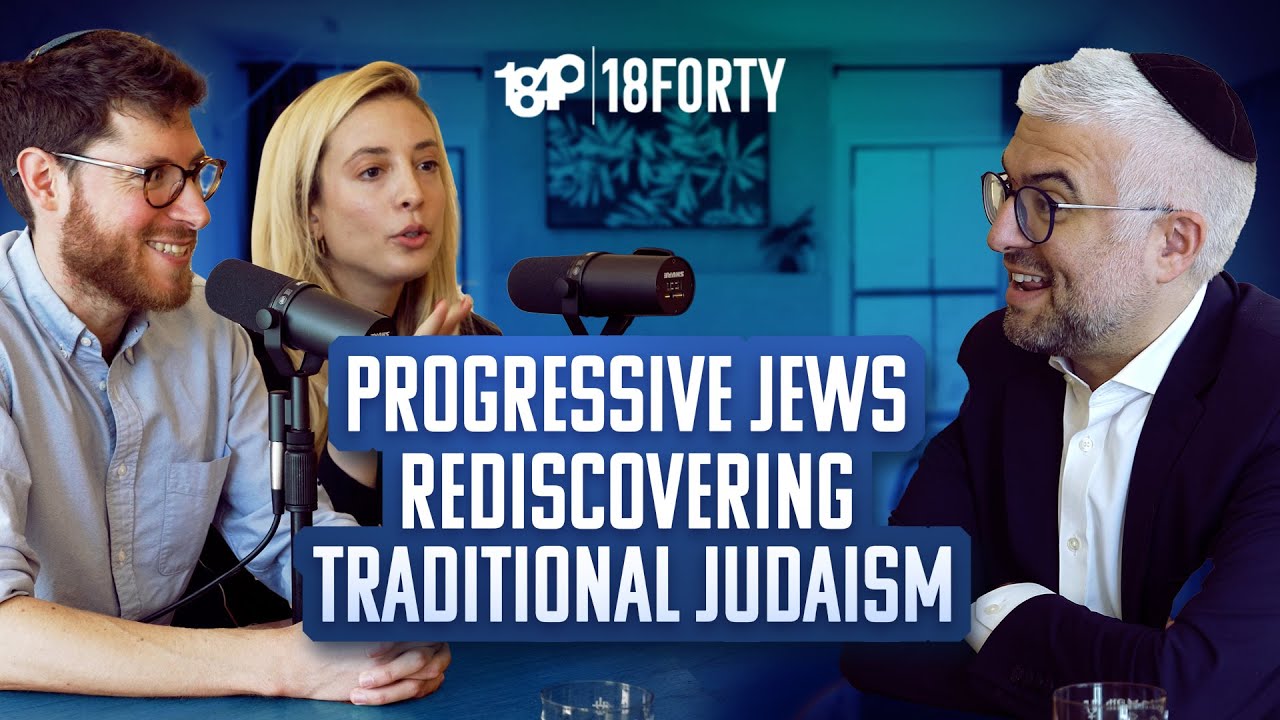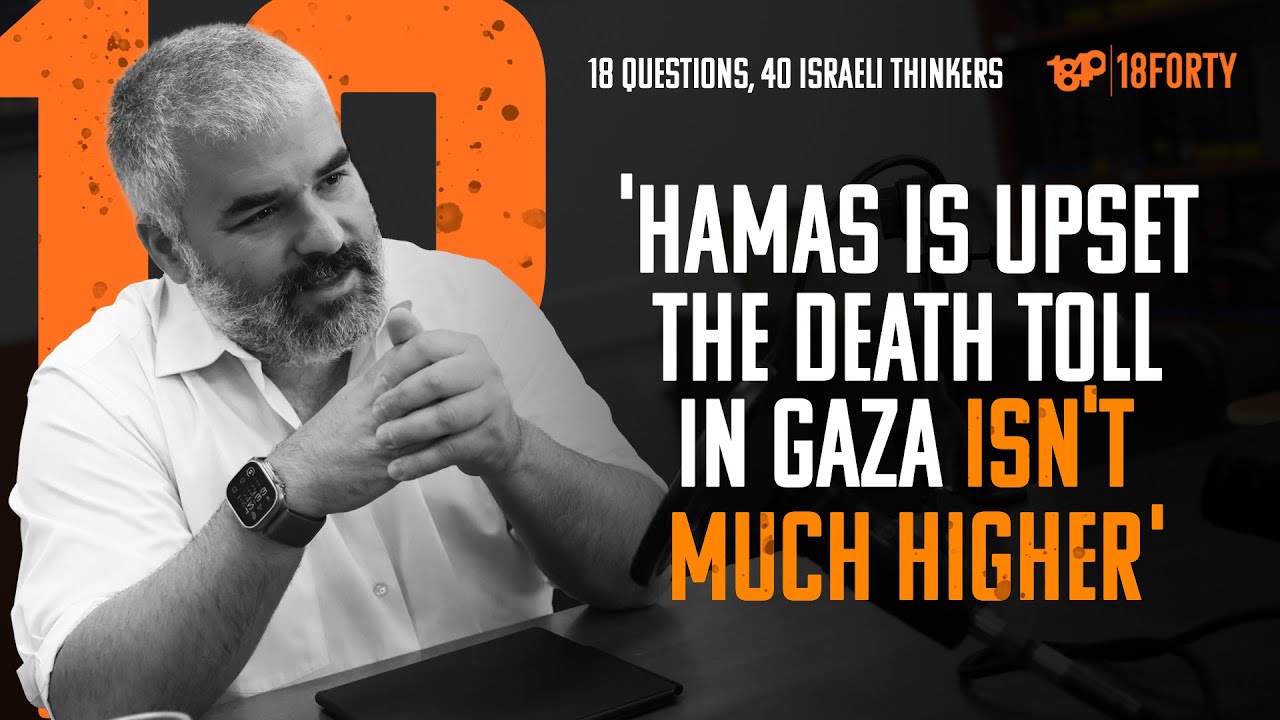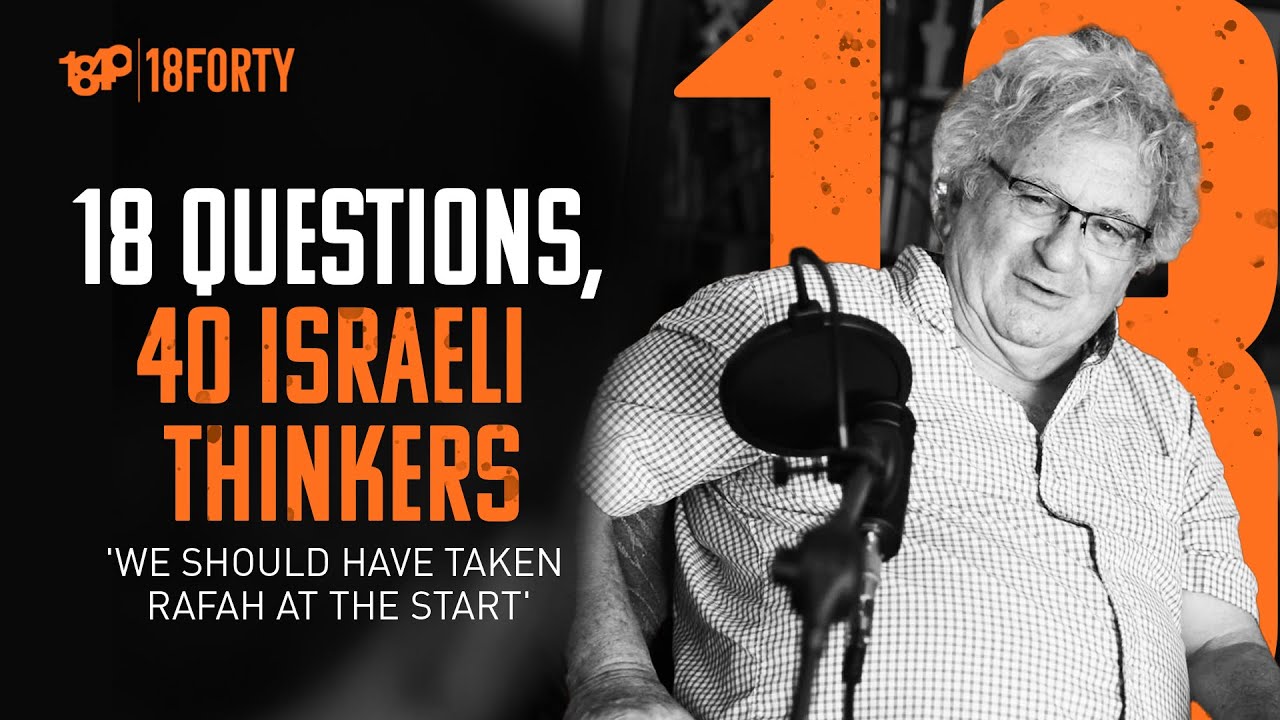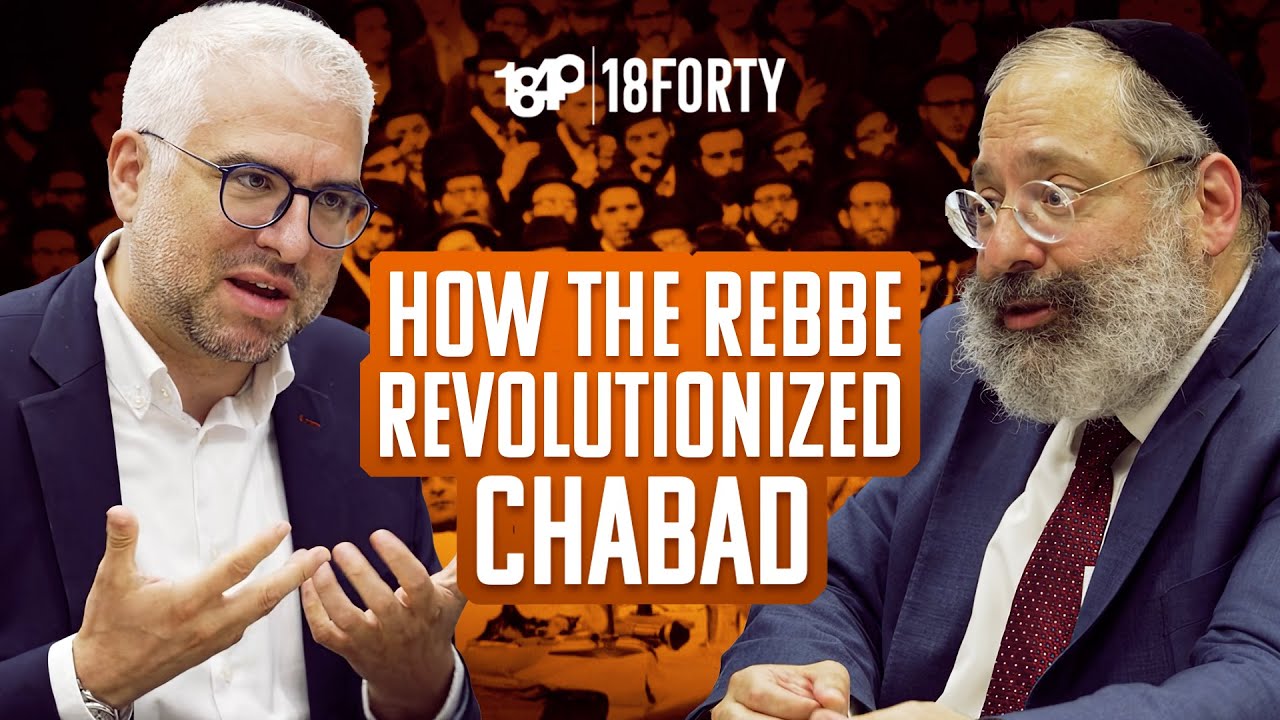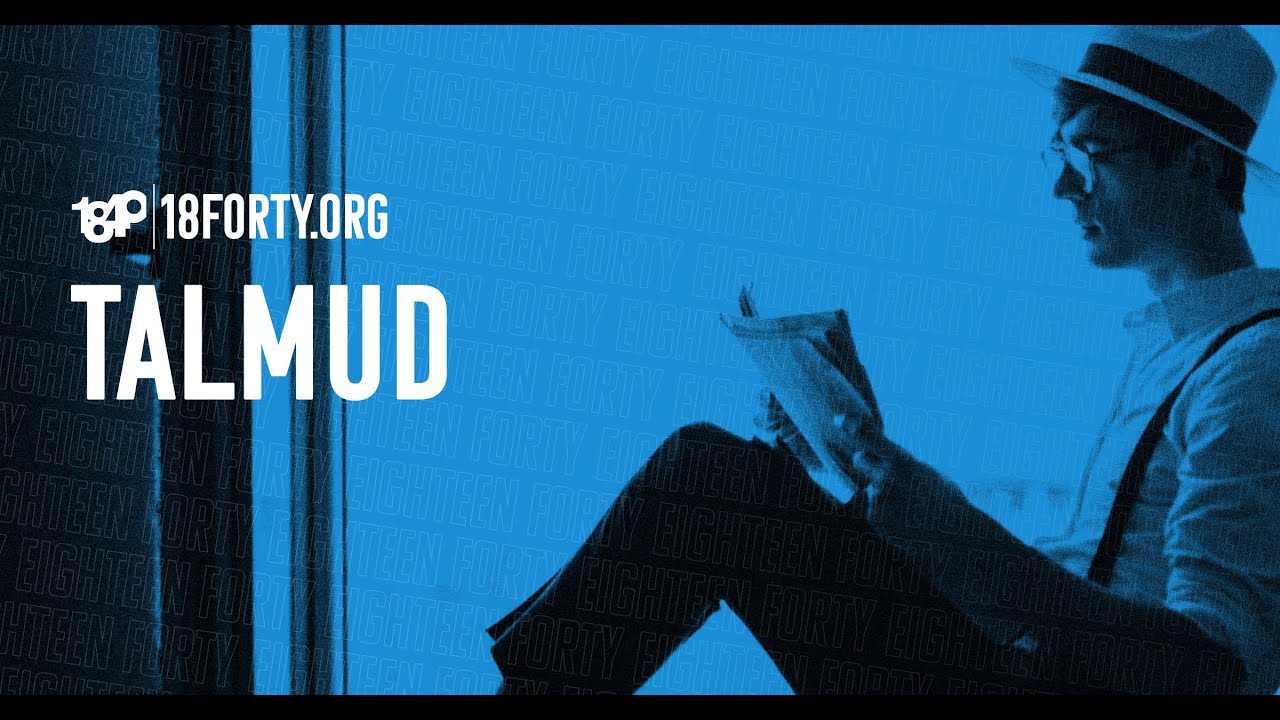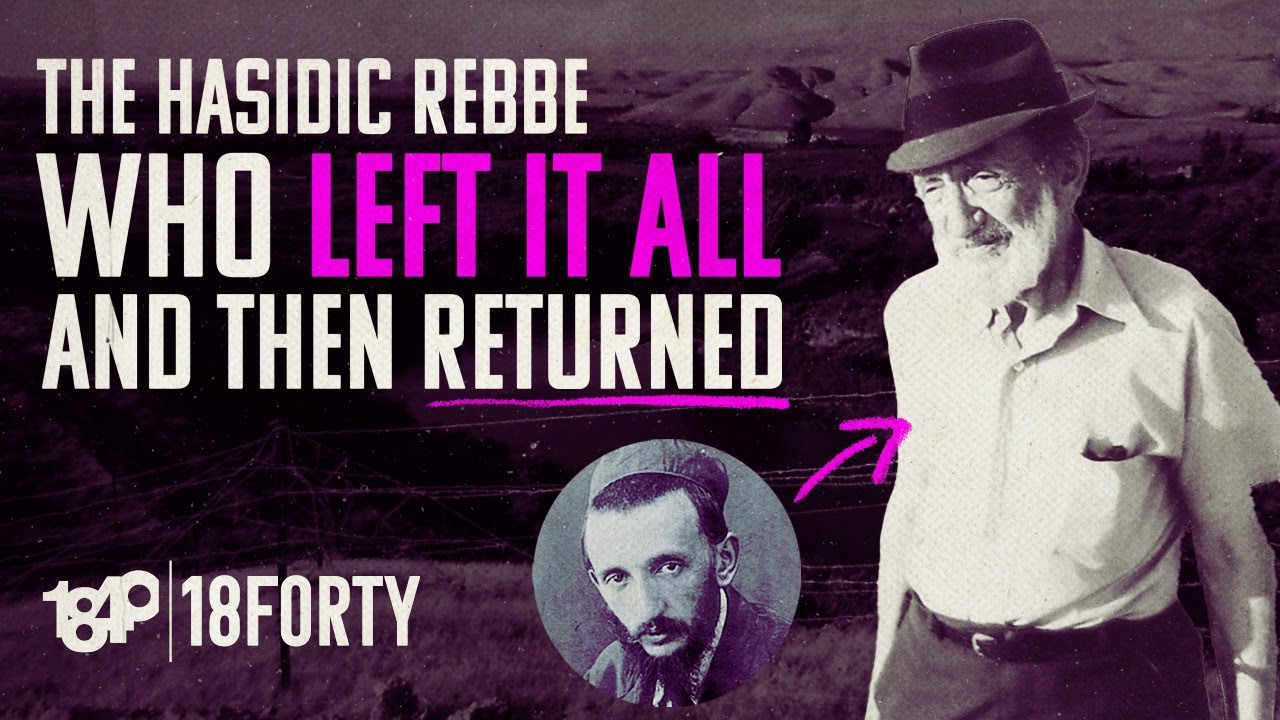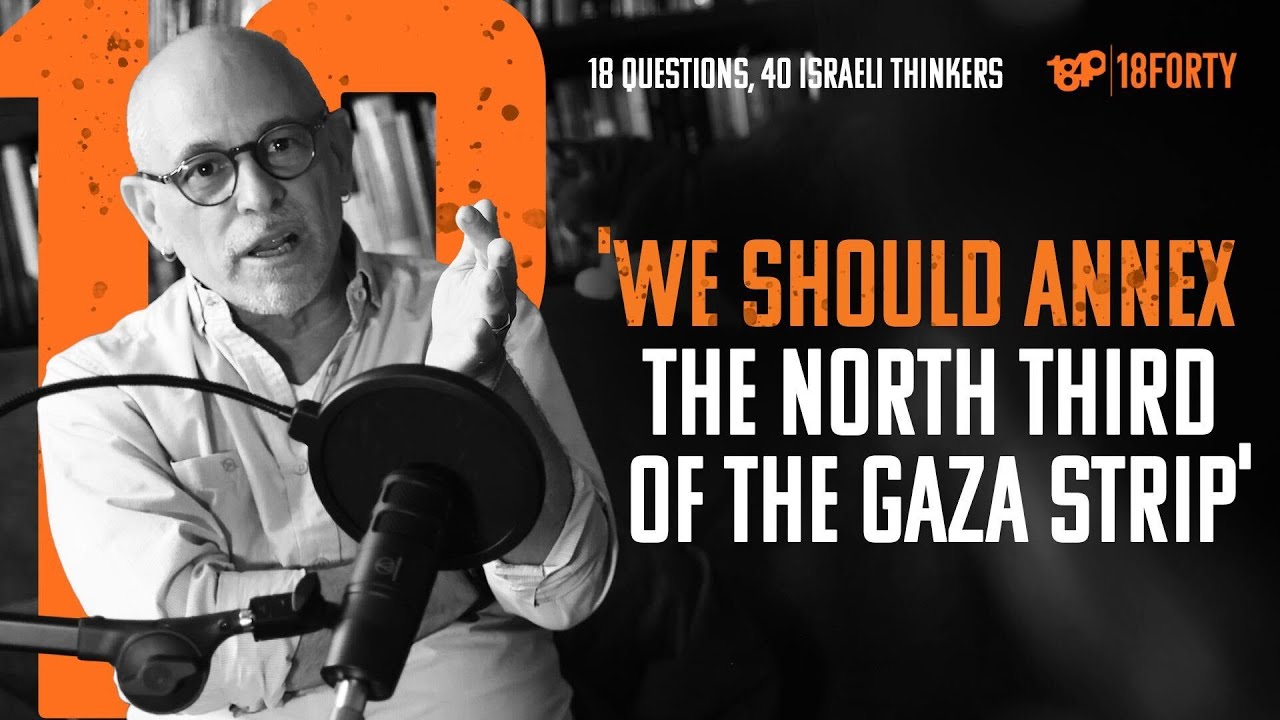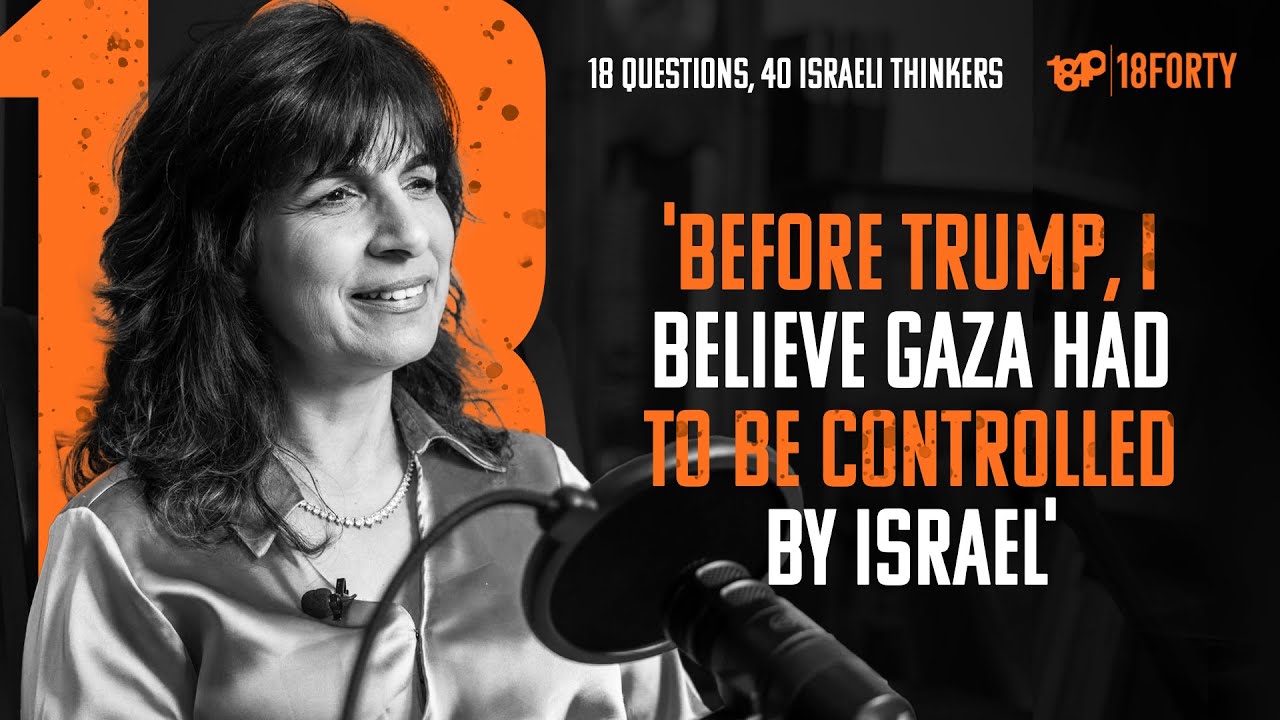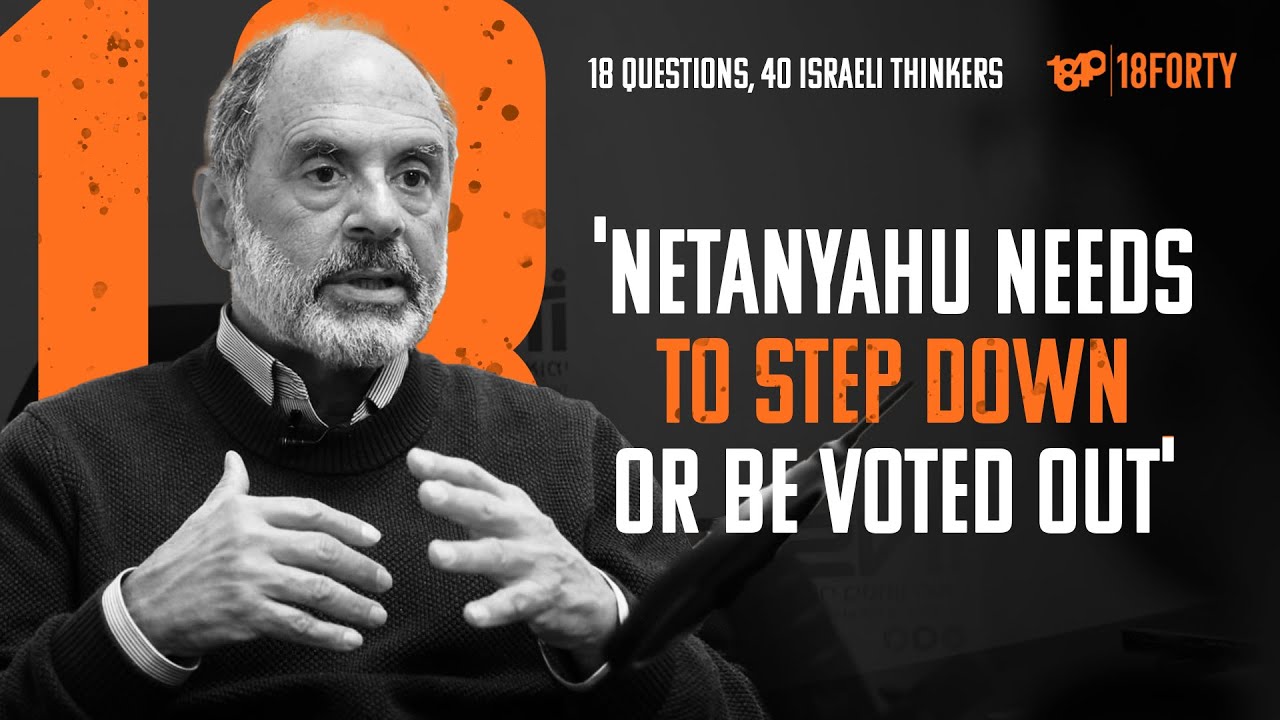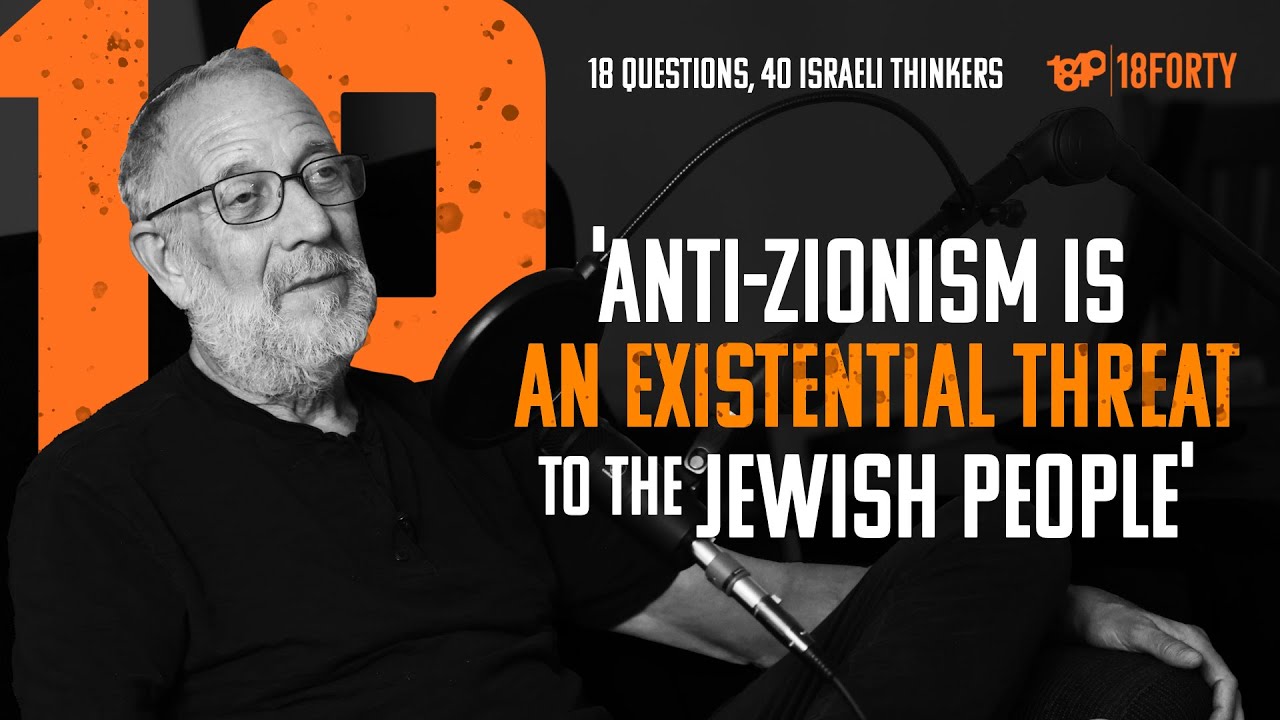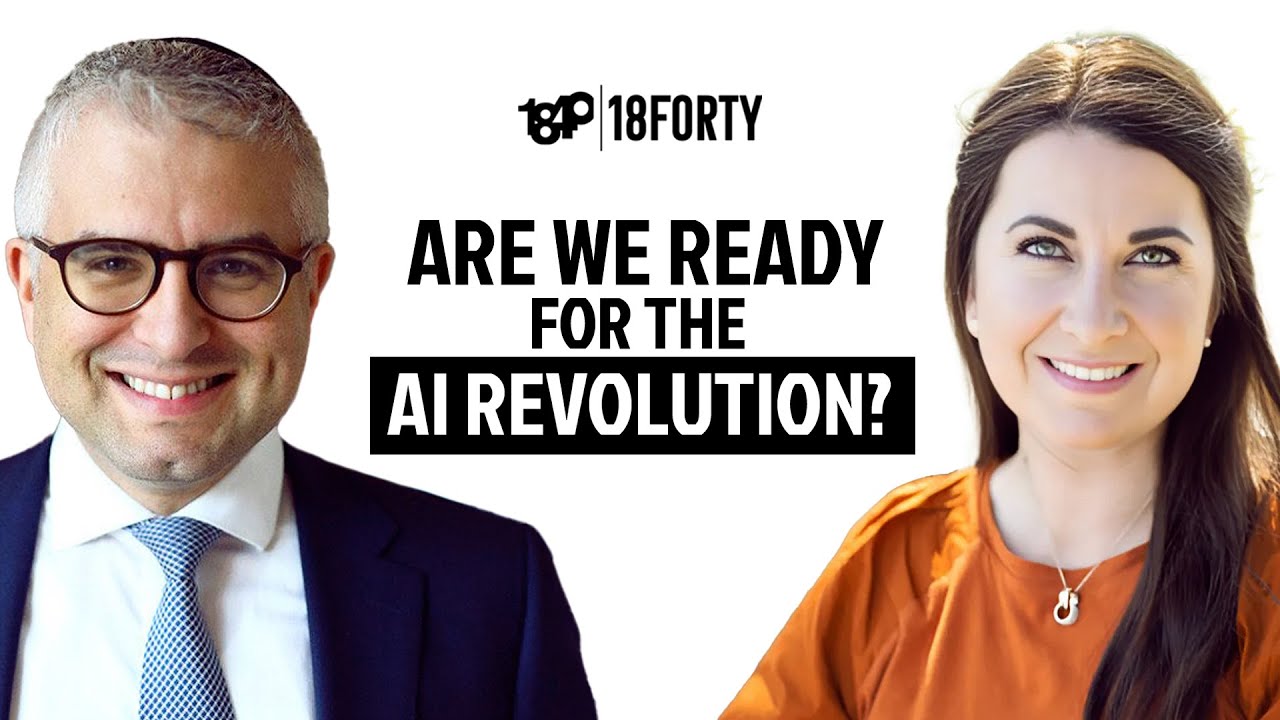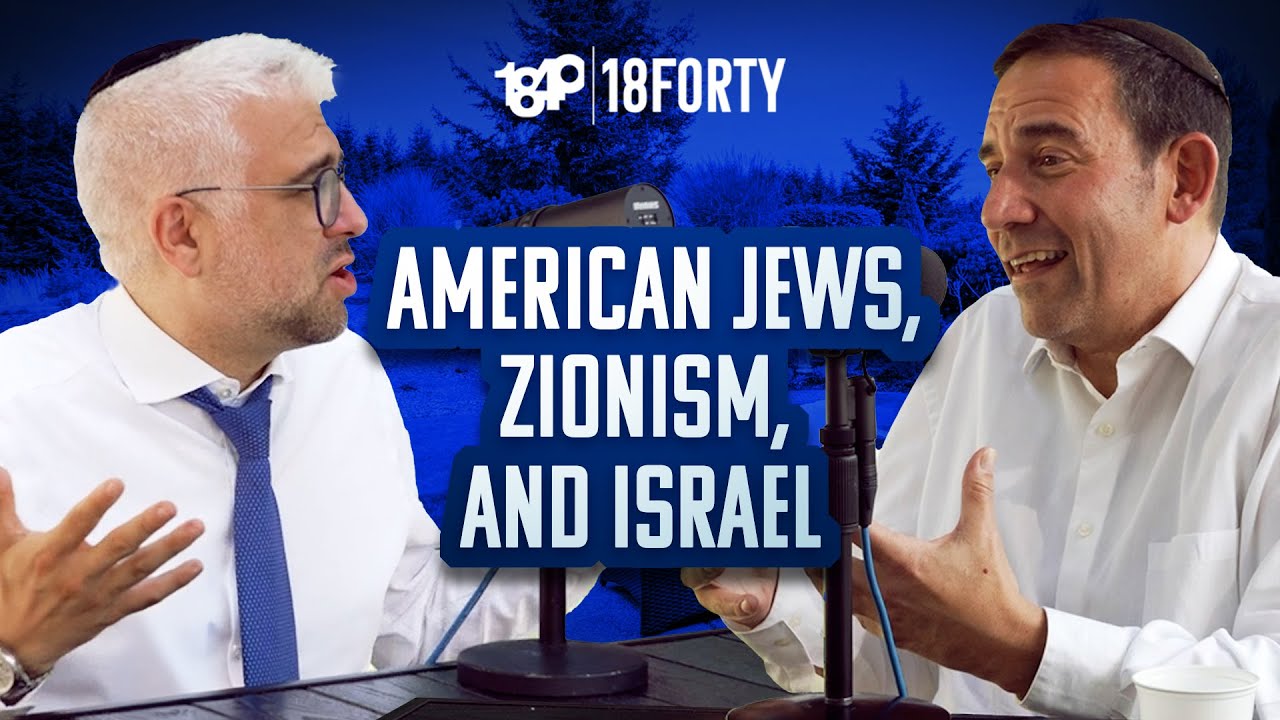
Summary
Why start here? In a brief opening thought, David explains the role of Talmud in finding meaning amid chaos.
Transcript
David Bashevkin:
Hello all and welcome to the first installment of 1840. We are so excited about this project. It’s been a great deal of anxiety putting it together, starting something new, but this is going to be really, really exciting and something fresh. The way we’re going to work this is every month we’re going to drop a new topic. We have a bunch of great ones ready to go. Talmud, off the derech, biblical criticism, comedy, really broad topics that we have great thinkers and conversations and text pieces and videos surrounding. I think it’s going to be something really, really cool, and we’ll try it out, and hopefully our listeners and readers will enjoy it as well. But I wanted to begin with an introduction of why we chose to start with Talmud specifically.
It’s a strange subject. It’s probably, of all the topics that we began with initially, and even the ones that we planned to go to in the future, it’s not exactly the sexiest topic. People aren’t like, “Oh my gosh, I’ve been dying to listen to a series of podcasts and text-based materials and videos on the Talmud.” It’s also an area where there’s a lot of existing stuff. So why did we choose to start here? I wanted to share with you some of my thinking and describe some of the people who we have on board as an introduction, a bookend which I’ll be doing for every month that we deal with a subject. I’ll have bookends for the subject, opening and explaining what we have in store, and then closing it with some closing thoughts.
So I began with Talmud because I think the very struggle of how to deal with beginnings, and how to begin a project that’s tackling big questions of the heuristics, the methodology, the strategy in which we construct meaning, is at the heart of Talmudic discourse. The beginning of Talmud has a strange way out of the gate, which I discuss in the interview that you’ll hear with Chaim Saiman. It’s strange because it doesn’t begin or proceed sequentially at all. It’s unclear what the document even is, what the text is even trying to do. Is it a commentary on the Bible? Is it a collection of stories? Is it a collection of laws? And if it’s a collection of laws, then why is it organized in such a strange way, like case law? The strangest part about the beginning, to me at least, is that the beginning assumes that you already finished and got to the end. It has this assumption that you have all of this prior knowledge on the first page, right out of the gate.
I think it’s an interesting way, almost an analogy to the way we approach life in some ways, life doesn’t unfold all that sequentially. The way that we need to interpret and build meaning in life parallels the Talmud in a lot of interesting ways. We face challenges and have opportunities that require this preexisting experience, like the age old question: When you apply for a job and you ask, needs prior experience and you’re like, “Well I need the job to get the experience.” It’s a dilemma in life and it’s a dilemma central to the Talmud itself, where you need to build up this cadence, this rhythm, in order to understand how to construct meaning. The main program that the Talmud is trying to do, essentially, is to construct meaning: it’s trying to build meaning and build a cohesiveness within the Torah, within the Bible, that doesn’t necessarily have apparent meaningfulness. If you read it cold, there are all sorts of contradictions – this passage contradicts that passage – and building contradictions and resolving contradictions and building meaning in the Mishnah, which it’s also a commentary on, and finds all these sorts of discrepancies and contradictions in. I’ve always looked at this program as a metaphor for how we deal with experiential contradictions in our lives, and how as a people, we resolve different moments in our lives where the Talmud is doing this to texts. I think humanity, and as individuals, we’re doing this with our own experiences: finding situations that, so to speak, contradict with one another and building some sort of cohesive heuristic and sense of order and construct with which we’re able to have meaning in our very lives.
It’s really strange because both of my primary teachers, one of them passed away, Dr. Ellman, and Ari Bergmann, who I had a chance to interview, and is on this podcast series. Both of them actually began their foray into academic Talmud, both of them have PhDs in Talmud. They knew one another, but their paths were totally divergent, but it began in the same place, and that was an interest in a 19th century Hasidic thinker named Reb Tzadok Hakohen of Lublin, who you could look at on Wikipedia. I’ve written about him a lot in the past, and I’ve always found it fascinating that their entry into academic university level Talmud, where they both hold PhDs, began with Reb Tzadok. I think that there’s something… There’s a common denominator underneath both, and I have written about this, and that common denominator is essentially, Reb Tzadok, living in the 1800s, was confronted with the underlying problem of modernity, of all of the developments going on in the world and trying to wed it to an age old system of thinking, and figuring out: “How can these two be integrated?”
And in many ways, they looked – and we describe this in more detail in the text – they look at how the Talmud took the modernity and the developments going on in exile, because the Talmud is an exilic document. It was not written primarily when the Jews had the classic serenity, the temple wasn’t built, and how to take a world of exile and build meaning, and that’s the world that Reb Tzadok was living in, with all of these developments, with the Jewish people going through so much at that turn in the 1800s again, we obviously look at the 1800s as a model, that year 1840 as a model for so much of the change and developments that were happening in the world. And Reb Tzadok was living in the heart of that, and was wondering” “How is this modern world going to be integrated with so many of the age old values and ideas that have animated Jewish life for millennia?” And the same way that Reb Tzadok did this in the 1800S, I think that they were animated by Reb Tzadok’s ideas, and brought it to their thought of the Talmud.
Dr. Ellman has told me this explicitly, and you could trace it in his own works, about how Reb Tzadok has animated his later scholarship, but it’s really fascinating, because if you look, a cursory glance, they should have nothing to do with each other. Reb Tzadok was a Hasidic thinker living in Europe, and the Talmud is this major collective work with everybody together, but they’re both programs of trying to figure out: “How do we construct meaning in this world?” That’s why I’m so excited about this specific section, and why we’re beginning with this specific section. We have three amazing interviews with three close friends, and take a look at the parallel text-based materials where we go through some of their essential writings and give some more context to the interviews.
The first interview is with my teacher Ari Bergman, who has been a major influence in my life. We’re not in touch as often as I would like to be, but I grew up in the same neighborhood as him, and grew up listening to classes of his on Jewish thought every single Shabbos, on Shabbos morning and he has a way of integrating ideas, integrating history and theology and law all together in a seamless way. His scholarship, his PhD, is jaw-dropping. Everything that he does animates the idea and shows the interdisciplinary values, of how science and technology and law and Talmud and Jewish theology all have underlying values that can be wedded together. It’s really, really amazing, and it’s rigorous, and it’s smart, and it’s always something that’s amazing to me. I’ll be honest, the interview is far too short. I hope to get Ari a second time if I can convince him. It’s way too short. He was running late, and I had a meeting right after, but we got to sit down, and it was definitely a start, and hopefully we’ll get to sit down with an even deeper dive to talk about some of those ideas.
The second interview is with a dear friend, Michelle, or Hadasa, Chesner. Michelle Chesner is a librarian in Columbia. And the reason why I wanted to speak to her, she’s done some really amazing work showing the history of the Talmud, not the ideas, but the page itself as a librarian. She has a different approach to Talmudic thinking, where the values of the Talmud don’t just emerge from the ideas and from the laws of the Talmud, but they could be found, the geographic diversity, the diversity of ideas, by analyzing the page itself. There’s something really amazing, it was a little bit of a deep dive, it’s a little bit… I think the interview was a little nitty-gritty, and maybe if you’re not a library nerd it may be less exciting to you. But it was extremely exciting for me, and I was so excited that she was willing to sit down and take me through this voyage of the Talmud and the page itself, showing how the ideas that the Talmud represents in many ways are paralleled in the history of the page.
And finally, another dear friend, Chaim Saiman, who’s the author of an amazing book, Halakhah[: The Rabbinic Idea of Law], and he’s published by Princeton University in association with Tikvah, and he’s done amazing tours and spoken a great deal on the Talmud, and it was amazing to sit with him. And aside from being an author and an amazing thinker and a Talmud scholar, another amazing – He’s a law professor, and a lot of his early work, which we have in the text based part of the site, and you can check it out, has been on comparative law: looking how Talmud and Talmudic thinkers compare to United States law. It does a deep dive in trying to figure out, “Is the Talmud,” it’s an analogy we hear a lot, “is the Talmud like the constitution?” And if you listen to that interview, we talk a great deal about it. Some of the inter-religious polemics that are in the Talmud. Why the Talmud, and the criticisms against the Talmud from other religions, have been such a notable and a unique feature of what makes the Talmud so special, about why it’s structured in the way it is.
So there are three really amazing interviews and it’s a topic that, again, it’s a strange place to start, but the strangeness of starting any program is paralleled in the Talmud itself. So what better way to begin exploring great ideas than exploring the collective amazing reservoir of ideas that are buried and emerge within the page of the Talmud? I hope you enjoy.
Recommended Podcasts
podcast
Hadas Hershkovitz: On Loss: A Husband, Father, Soldier
In this episode of the 18Forty Podcast, we speak with Hadas Hershkovitz, whose husband, Yossi, was killed while serving on reserve duty in Gaza in 2023—about the Jewish People’s loss of this beloved spouse, father, high-school principal, and soldier.
podcast
Haviv Rettig Gur: ‘Hamas is upset the death toll in Gaza isn’t higher’
Haviv answers 18 questions on Israel.
podcast
Elissa Felder & Sonia Hoffman: How the Jewish Burial Society Cares for the Dead
Elissa Felder and Sonia Hoffman serve on a chevra kadisha and teach us about confronting death.
podcast
How Different Jewish Communities Date
On this episode of 18Forty, we explore the world of Jewish dating.
podcast
Red Flags: A Conversation with Shalom Task Force Featuring Esther Williams and Shana Frydman
We have a deeply moving conversation on the topic of red flags in relationships.
podcast
Einat Wilf: ‘Jews Are Never Allowed To Win, and Arabs Are Never Allowed to Lose’
The true enemy in Israel’s current war, Einat Wilf says, is what she calls “Palestinianism.”
podcast
The Dardik Family: A Child Moves Away From Zionism
In this episode of the 18Forty Podcast, we talk to Judah, Naomi, and Aharon Akiva Dardik—an olim family whose son went to military jail for refusing to follow to IDF orders and has since become a ceasefire activist at Columbia University—about sticking together as a family despite their fundamental differences.
podcast
Aliza and Ephraim Bulow: When A Spouse Loses Faith
In this episode of the 18Forty Podcast, we talk to Aliza and Ephraim Bulow, a married couple whose religious paths diverged over the course of their shared life.
podcast
Shlomo Brody & Beth Popp: Demystifying Death and the End of Life
In this episode of the 18Forty Podcast, we talk to Rabbi Shlomo Brody and Dr. Beth Popp.
podcast
‘Everything About Her Was Worth It’: The Life of Yakira Leeba Schwartz A”H
In this episode of the 18Forty Podcast, we talk to Yisroel Besser, who authored many rabbinic biographies and brought David Bashevkin to Mishpacha magazine, about sharing Jewish stories.
podcast
Menachem Penner & Gedalia Robinson: A Child’s Orientation
In this episode of the 18Forty Podcast, we talk to Rabbi Menachem Penner—dean of RIETS at Yeshiva University—and his son Gedalia—a musician, cantor-in-training, and member of the LGBTQ community—about their experience in reconciling their family’s religious tradition with Gedalia’s sexual orientation.
podcast
Benny Morris: ‘We should have taken Rafah at the start’
Leading Israeli historian Benny Morris answers 18 questions on Israel, including Gaza, Palestinian-Israeli peace prospects, morality, and so much more.
podcast
Rabbi Meir Triebitz: How Should We Approach the Science of the Torah?
In this episode of the 18Forty Podcast, we sit down with Rabbi Meir Triebitz – Rosh Yeshiva, PhD, and expert on matters of science and the Torah – to discuss what kind of science we can learn from the Torah.
podcast
Anshel Pfeffer: ‘The idea that you’ll obliterate Hamas is as realistic as wanting to obliterate Chabad’
Prime Minister Benjamin Netanyahu did not surprise Anshel Pfeffer over the last 17 months of war—and that’s the most disappointing part.
podcast
Why 1840?
In this episode of the 18Forty Podcast, we sit down for a special podcast with our host, David Bashevkin, to discuss the podcast’s namesake, the year 1840.
podcast
Larry and Tzipora Rothwachs: Here Without You — A Child’s Eating Disorder
In this episode of the 18Forty Podcast, we talk to Rabbi Larry Rothwachs and his daughter Tzipora about the relationship of a father and daughter through distance while battling an eating disorder.
podcast
Anita Shapira: ‘You cannot wipe out Hamas’
Leading Israel historian Anita Shapira answers 18 questions on Israel, including destroying Hamas, the crisis up North, and Israel’s future.
podcast
Talia Khan: A Jewish Israel Activist and Her Muslim Father
In this episode of the 18Forty Podcast, we talk to Talia Khan—a Jewish MIT graduate student and Israel activist—and her father, an Afghan Muslim immigrant, about their close father-daughter relationship despite their ideological disagreements.
podcast
Frieda Vizel: How the World Misunderstands Hasidic Jewry
In this episode of the 18Forty Podcast, we talk to Frieda Vizel—a formerly Satmar Jew who makes educational content about Hasidic life—about her work presenting Hasidic Williamsburg to the outside world, and vice-versa.
podcast
Gadi Taub: ‘We should annex the north third of the Gaza Strip’
Gadi answers 18 questions on Israel, including judicial reform, Gaza’s future, and the Palestinian Authority.
podcast
Lizzy Savetsky: Becoming a Jewish Influencer and Israel Advocate
In this episode of the 18Forty Podcast, we talk to Lizzy Savetsky, who went from a career in singing and fashion to being a Jewish activist and influencer, about her work advocating for Israel online.
podcast
Mikhael Manekin: ‘This is a land of two peoples, and I don’t view that as a problem’
Wishing Arabs would disappear from Israel, Mikhael Manekin says, is a dangerous fantasy.
podcast
Yishai Fleisher: ‘Israel is not meant to be equal for all — it’s a nation-state’
Israel should prioritize its Jewish citizens, Yishai Fleisher says, because that’s what a nation-state does.
Recommended Articles
Essays
This Week in Jewish History: The Nine Days and the Ninth of Av
Tisha B’Av, explains Maimonides, is a reminder that our collective fate rests on our choices.
Essays
I Like to Learn Talmud the Way I Learn Shakespeare
If Shakespeare’s words could move me, why didn’t Abaye’s?
Essays
3 Arguments for God’s Existence
Perhaps the most fundamental question any religious believer can ask is: “Does God exist?” It’s time we find good answers.
Essays
Fighting for My Father’s Life Was a Victory in its Own Way
After losing my father to Stage IV pancreatic cancer, I choose to hold onto the memories of his life.
Essays
Books 18Forty Recommends You Read About Loss
They cover maternal grief, surreal mourning, preserving faith, and more.
Essays
Benny Morris Has Thoughts on Israel, the War, and Our Future
We interviewed this leading Israeli historian on the critical questions on Israel today—and he had what to say.
Essays
Why Reading Is Not Enough for Judaism
In my journey to embrace my Judaism, I realized that we need the mimetic Jewish tradition, too.
Essays
A Letter to Children Estranged From Their Parents
Children cannot truly avoid the consequences of estrangement. Their parents’ shadow will always follow.
Essays
‘The Crisis of Experience’: What Singlehood Means in a Married Community
I spent months interviewing single, Jewish adults. The way we think about—and treat—singlehood in the Jewish community needs to change. Here’s how.
Essays
3 Questions To Ask Yourself Whenever You Hear a Dvar Torah
Not every Jewish educational institution that I was in supported such questions, and in fact, many did not invite questions such as…
Essays
(What) Do Jews Believe About the Afterlife?
Christianity’s focus on the afterlife historically discouraged Jews from discussing it—but Jews very much believe in it.
Essays
Do You Need a Rabbi, or a Therapist?
As someone who worked as both clinician and rabbi, I’ve learned to ask three central questions to find an answer.
Essays
Between Modern Orthodoxy and Religious Zionism: At Home as an Immigrant
My family made aliyah over a decade ago. Navigating our lives as American immigrants in Israel is a day-to-day balance.
Essays
Do We Know Why God Allows Evil and Suffering?
What are Jews to say when facing “atheism’s killer argument”?
Essays
The Erasure of Sephardic Jewry
Half of Jewish law and history stem from Sephardic Jewry. It’s time we properly teach that.
Essays
From Hawk to Dove: The Path(s) of Yossi Klein Halevi
With the hindsight of more than 20 years, Halevi’s path from hawk to dove is easily discernible. But was it at every…
Essays
Judith Herman Is Giving Voice to Survivors
Dr. Judith Herman has spent her career helping those who are going through trauma, and has provided far-reaching insight into the field.
Essays
‘Are Your Brothers To Go to War While You Stay Here?’: On Haredim Drafting to the IDF
A Hezbollah missile killed Rabbi Dr. Tamir Granot’s son, Amitai Tzvi, on Oct. 15. Here, he pleas for Haredim to enlist into…
Essays
The Hardal Community Explained: Torah, Am Yisrael, and Redemption
Religious Zionism is a spectrum—and I would place my Hardal community on the right of that spectrum.
Essays
A Brief History of Jewish Mysticism
To talk about the history of Jewish mysticism is in many ways to talk about the history of the mystical community.
Essays
Rabbi Eliezer Berkovits’ Complicated Portrait of Faith
Meet a traditional rabbi in an untraditional time, willing to deal with faith in all its beauty—and hardships.
Essays
How and Why I Became a Hasidic Feminist
The Lubavitcher Rebbe’s brand of feminism resolved the paradoxes of Western feminism that confounded me since I was young.
Essays
When Losing Faith Means Losing Yourself
Elisha ben Abuyah thought he lost himself forever. Was that true?
Recommended Videos
videos
Mysticism
In a disenchanted world, we can turn to mysticism to find enchantment, to remember that there is something more under the surface…
videos
18Forty: Exploring Big Questions (An Introduction)
18Forty is a new media company that helps users find meaning in their lives through the exploration of Jewish thought and ideas.…
videos
Talmud
There is circularity that underlies nearly all of rabbinic law. Open up the first page of Talmud and it already assumes that…
videos
The Hasidic Rebbe Who Left it All — And Then Returned
Why did this Hasidic Rebbe move from Poland to Israel, only to change his name, leave religion, and disappear to Los Angeles?
videos
Did Judaism Evolve? | Origins of Judaism
Has Judaism changed through history? While many of us know that Judaism has changed over time, our conversations around these changes are…
videos
Jonathan Rosenblum Answers 18 Questions on the Haredi Draft, Netanyahu, and a Religious State
Talking about the “Haredi community” is a misnomer, Jonathan Rosenblum says, and simplifies its diversity of thought and perspectives. A Yale-trained lawyer…
